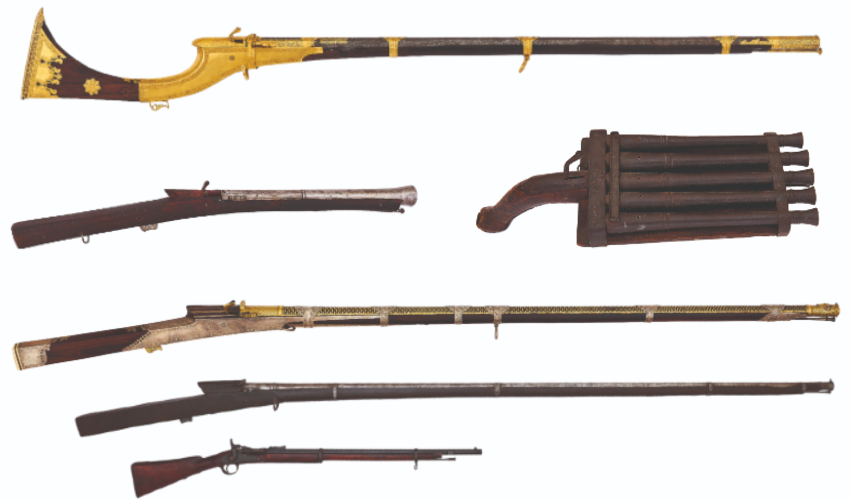
Human history is a history of conflict. The history of weaponry, accordingly, can prove a useful lens through which to study both the conflicts and the people connected with them.
When it comes to Indian and world history it is easy to identify one genre of weapons that has altered socio-political and psychological paradigms more than few others: firearms or, to express oneself more simply, guns. Robert Elgood’s The Maharaja of Jodhpur’s Guns (jointly published by the Mehrangarh Museum Trust and Niyogi Books) as “the first book to be written specifically on historic Indian firearms” fulfills its suggested mandate by eking out for us a macrohistorical view of ‘The Invention of Gunpowder Weapons and Their Arrival in Medieval India’ in the first chapter, before moving on to ‘Matchlock Guns with Revolving Mechanisms in the Portuguese Eastern Empire’ and ‘A Brief History of Early Revolving Guns’. It is the next chapter ‘The Indian Matchlock’, centred on trends, attitudes and politics with regard to firearms in the Indian subcontinent, for the most part, which we have reproduced for you herebelow. (What follows in the book is more particular, if equally fascinating: a catalogue of firearms in the Maharaja of Jodhpur’s armory, with notes, as well as chapters on sporting and experimental guns and pages transcribed from a former Maharaja’s hunting diary.)
But to come back to the larger picture that Elgood paints for us, he takes us through the invention and early use of gunpowder (“Chinese invention”, “mid-ninth century”) and gunpowder weapons in China and by the Mongols, to their spread through the Arab, Byzantine and Christian European worlds. And the link between the Eastern ‘fire lance’ and the development of the handgun in the West, as well as in China. Elgood does this by presenting reams of evidence and, where history is unclear, he collates and leaves what he has found to speak for itself. For instance, when he discusses gunpowder formulae and pyrotechnics for military use in the heart of the Arab world in the late 13th century he writes of “military innovation” having passed from the “Levant” to “the Muslim courts of India”, “though the manner and timing of such transfers is rarely known”. (He also talks, later, about the transfer to Gujarat of “gunpowder technology” by 1366, and cites Burton Stein who “wrote that the Southern state of Vijayanagara owed much of its success to its adoption of firearms”.) Similarly for the “precise date” when terms meaning “firework” or “flamethrower” metamorphose into “cannon” or “personal missile-projecting weapon that can be termed a handgun” Elgood writes: “difficult to assess”; “scholarly opinion divided on this issue”
To give you a sense of the vast canvas in a brief, if staccato, fashion: The evolution of the matchlock (discussed in a bit); the Portuguese hunger for the East and Vasco Da Gama’s war on Calicut; Calicut employing and imprisoning its own cannonmakers (two hapless Italians); Mamluks and Egyptian and Syrian Arabs resisting the firearms revolution (their distaste leaving the Indian and South East Asian Muslim World reliant, for a period, on the Far East for firearms) and the Turks embracing gun technology; the Ottoman Sultan’s offering to Babur by way of Turkish firearm experts; Babur’s defeat of Ibrahim Lodi and Rana Sanga by his strategic use of firearms; Babur’s appreciation of the Bengali efficiency with cannons (a consequence of early connections between Bengal and China) under Nusrat Shah, the Sultan of Bengal, whom Babur also fought.
The above lines do not constitute a proper summary or the exact sequence of events as much as snapshots that might give you an idea of the enormity of this history, as well the complex relationships between its moving elements. Similarly: The wheellock as a handgun mechanism not gaining popularity in India at all (as compared to the matchlock); the Nuremberg design (for the early matchlock) gaining ground in handguns of North Indian Muslim states; a war over the Indian Ocean, between the Portuguese and Muslim rulers in the subcontinent and South East Asia (backed by the Turks); the Portuguese viceroy for India setting up one of the world’s biggest arsenals in Goa and the Portuguese supplying weapons to non-Muslim rulers in India, South East Asia and the Far East; the history of repeating firearms (capable of repeated firing before requiring manual reloading); a mysterious gunmaker in French Pondicherry named Chalembrom (possibly an assumed name) and the “Chalembrom repeater system”; Haider Ali and Tipu Sultan: their alliance with the French and the modernizing of Mysore’s military; Claude Martin who became superintendent of Nawab Asaf-ud-Daula’s arsenal at Faizabad; a woman touring India in 1898 writing of the armoury at Lahore: “Amongst the firearms is a curious matchlock, some 150 years old, with four revolving chambers. So the revolver was not invented in America!”
There are also substantial passages on European geopolitics and how this fed the development of firearms but, for our part, we have focused on areas relevant to the Indian subcontinent.
Before we discuss the chapter we have carried, some technical definitions need to be straightened out:
The matchlock, the first mechanical firing device, comprises an S-shaped arm, called a ‘serpentine’ that holds match chord (slow burning chord) and a trigger that lowers the serpentine so that the lighted end of the chord can ignite the gunpowder in the pan attached to the side of the gun barrel. Here’s a roughly made home video that shows you how it works.
The wheellock, which came later, uses the friction created by a rotating wheel being struck by a piece of iron pyrite (an iron sulphide) to produce the spark to light the gunpowder. You can see how it works here. Elgood writes they were “never adopted by Indians (and very rarely by Turks)” because “they were too mechanically complex, difficult to maintain and speed of ignition had to be set against unreliability. With the matchlock it was merely necessary to blow on the lighted end of the match to remove the ash before firing.”
The flintlock, which was to eventually supersede both the matchlock and the wheellock in many places, was an ignition system premised on a striker (the frizzen) being hit by a piece of flint, producing sparks to light the gunpowder. Here is a video for how it works. (The flintlock, too, eventually gave way to the percussion lock and percussion cap, though these aren’t relevant for the purposes of this excerpt.)
The excerpt that follows deals less with the technology of guns and more with attitudes towards them. The Rajputs were as resistant as the Mamluks and the Eqyptian and Syrian Arabs – if not more – to the use of guns. When Maharana Vikramaditya attempted to arm the infantry at Mewar the aristocracy withdrew support. Even 50 years after Mughal guns had defeated them the Rana of Udaipur went to battle without firearms. To mark their contempt for such weapons, a sword wound received double the compensation of a gun wound of the same kind.
Contrast this with Akbar, who seemed to have a passion for firearms. A good shot, he tested guns himself and used plated armor, as a target and to test bullets. Writings by Abu’l Fazl, from Akbar’s time, and Padshahnama, a chronicle of Shah Jahan’s reign, speak of guns as a means of securing the government (and besides Turkey, says Abu’l Fazl, there is no other country more capable of doing so); a ‘supervisor’ of imperial matchlocks; and ‘master gunmakers’ who keep churning out new guns. Abu’l Fazl writes of Akbar inventing a new system by which two rolls of iron – the part of the barrel containing the powder chamber (which needed to be thicker) comprising one part and the other part being the rest of the barrel – are rolled so as to make them overlap with one another where they join instead of being joined strictly at the edges. This made the guns stronger, and less susceptible to exploding, if heavier. Abu’l Fazl also recounts Akbar sniping Jaimal Rathore, the commander of Chittor Fort, to conclude his siege on it. Other sources, too, talk of Akbar’s gun workshops and the interest he takes in them.
Elgood goes on to investigate the aesthetics and design of Rajput and Mughal guns, the composition of gun wielders, matchlock men and bandukchis in the armies – a mix of mercenaries and soldiers – and the gradual transition from matchlocks into flintlocks (he talks about the Turks taking to miquelet locks – a kind of flintlock; you can see how it works here – but this not really catching on in the Indian subcontinent).
But the most intriguing segment of this chapter is dedicated to determining the philosophical basis for the Rajput aversion to firearms – which they saw as dishonourable, robbing the warrior of “individual combat for personal glory” and the opportunity of seeking “death in battle as a sacrifice to the Goddess” – for warfare. Elgood attributes Indian military failure, in general, to “mismanagement of existing resources, people and the Indian philosophy of war rather than from technology.” Tracing the lineage of Rajput ‘Dharma’ to the Vedas and the Mahabharata he writes: “Rajput dharma created an exclusive, tightly united, conservative group that was unsympathetic to the use of guns.” He quotes James Tod, who wrote: “The Rajput who still curses those vile guns which render of comparative little value the lance of many a gallant soldier, and he still prefers falling with dignity from his steed to descending to an equality with his mercenary antagonists.”
H. H. Maharaja of Jodhpur, Gaj Singh II, writes in the book’s foreword: “It is widely believed that my clan, the warrior Rathores of Marwar, first met the firearm in AD 1527 at the historic Battle of Khanua… Unfortunately, we were only on the receiving end. Babur the Mughal, soon to be first Emperor, took my most esteemed ancestor Rao Maldev—then the heir-apparent—and his legendary cavalry completely by surprise; they were mowed down by a row of guns, match-lock and mortar, tethered together by chain. As the eminent historian, Sir Jadunath Sarkar, put it, ‘The Rajputs had never seen anything like it before’. This was in fact the Rajput Confederacy’s swansong as they never learnt the lesson they could, and perhaps should, have; the Rathores particularly, preferring to the end the heady, reckless charge on horse with sword and lance—down to Haifa in 1918, considered by many as the last great cavalry action in military history.”
He also writes: “‘Let them be, for they cannot fight without those toys of his!’ disdained Maharaja Bijaya Singh in the summer of 1790, when scouts reported that the legendary French Maratha General De Boigne’s cannon were stuck in the mud of a riverbed and easy for the taking. This was in keeping with the chivalric Rajput code of warfare. It was only in the 19th century, under the influence of the British, that firearms finally became favoured personal accessories—for sport not war.”
Like the Rajputs, the scorn of the Arabs (the Mamluks, Egyptians and Syrians) for firearms can be traced to religious philosophy too. In a previous chapter Elgood quotes the words of Amir Kurt Bay, to the Ottoman Sultan Selim, after the Mamluks were demolished by the Janissaries (elite Ottoman corps) in 1517:
“…you have brought with you this contrivance artfully devised by the Christians of Europe when they were incapable of meeting the Muslim armies on the battlefield. The contrivance is that bullet (bunduq) which, even if a woman was to fire it, would hold up such and such number of men. Had we chosen to employ this weapon, you would not have proceeded us in its use. [A clear statement that the Arabs had knowledge of firearms before the Turks.] But we are the people who do not discard the sunna of our prophet Muhammed which is the jihād for the sake of Allah, with sword and lance… A Maghribine brought this arquebus to Sultan al-Malik al-Ashraf Qansuh al Ghari [r.1501–1517 AD] and informed him that this arquebus had come from Venice and that all the armies of the Ottomans and the West have already made use of it. The Mamluk Sultan ordered the Maghribine to train some of his Mamluks in the use of the arquebus, and that is what he did. Then these Mamluks were brought before the Sultan, and they fired their arquebuses in his presence. The Sultan was displeased with their firing and said to the Maghribine: ‘We shall not abandon the sunna of our Prophet and follow the sunna of the Christians, for Allah had already said that if Allah helps you nobody will defeat you!’ So the Maghribine went back to his country saying: ‘Those now living will live to see the conquest of this Kingdom by this arquebus and that is what really happened.’”
Keeping the male chauvinism aside for a moment, while it might be tempting to sneer at such conservative ideas that promote the abhorrence of new technologies of warfare, it is also important to note that what such technologies have always come to mean is death and destruction on a scale hitherto unseen. Gunpowder weapons and guns kept seeing upgrades (to say nothing of biological warfare) till, finally we find ourselves, today, living in a nuclear age with a Doomsday Clock hanging over our heads.
Elgood’s book begins with a quote from Gandhi, writing against the British Government of India for forbidding Indians from possessing arms. It is important, perhaps, in the light of such conversations, to remember what else he stood for.
Alongside the excerpt are the images of five guns from the present day Jodhpur armoury, photographed by Neil Greentree.
Even small numbers of matchlocks gave great military advantage in regional warfare in Asia in the early sixteenth century. Much is made of the consequences for firearms development due to the Portuguese arrival in India and further east but the role of the Turks in the development of firearms in this vast region is scarcely mentioned though they too in the same period became an Indian Ocean power with particular interests in pilgrim traffic, the spice trade and jihad. Ayalon’s first recorded use of a handgun (as opposed to a cannon) in Egypt is 1490. In the Indian Ocean the Mamluks looked to the Turks for cannon and guns with which to fight jihad against the Portuguese. Alliances made by the Turks explain why some places between India and China have Ottoman-style gun locks and others Portuguese. These two styles of gun replaced such gun design influence as the Chinese had disseminated in the East though archaic firearms continued in use among the poorest people into the early twentieth century. In 2004 the arms historian Iqtidar Alam Khan wrote: ‘Contemporary evidence can be cited to prove the wide use of a primitive type of gunpowder-based artillery in the whole of India as early as the middle of the fifteenth century. But similar evidence for the handguns is not strong.’
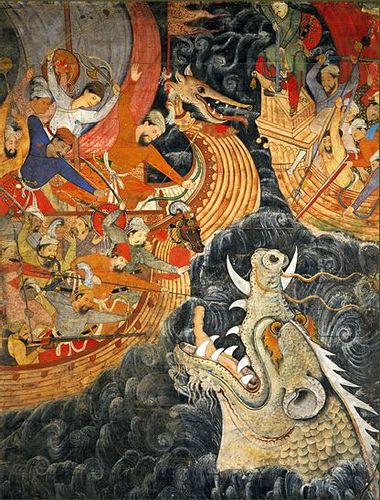
A Leviathan Attacks Hamza and His Men, 1567
The matchlock mechanism used in India until the twentieth century was first created in Nuremberg in the fifteenth century and copied by the Turks. After the Persian defeat at Chaldiran in 1514 the Persians copied captured Turkish guns. Ottoman gunstocks closely copied late fifteenth-century European guns, depicted in the Codex Monacensis of c.1500. Apart from stock similarities, the chamber end of Indian barrels is invariably marked on the exterior by a raised band or astragal, an early Ottoman detail, intended to reinforce the chamber, which was made of thicker metal than the rest of the barrel. The comb back-sight with a sighting notch or hole also derived from Ottoman barrels as is the decoration of some muzzles. These sights offered the shooter’s right eye some slight protection from exploding barrels. The Mughal emperors appear to have either had access to European guns or copied European designs from at least Humayun’s reign (1530–40 and 1555–6) because his Memoirs describe him owning a double-barrelled gun in 1539.
‘Contemporary evidence can be cited to prove the wide use of a primitive type of gunpowder-based artillery in the whole of India as early as the middle of the fifteenth century. But similar evidence for the handguns is not strong.’ — Historian Iqtidar Alam Khan
The historian Saxena suggests that cannon and matchlocks were adopted in Rajasthan following the battle of Khanua in 1527. Until the Rajputs established trusted relations with the Mughals it is hard to guess where they might have obtained cannon and guns and any such adoption was negligible and without military consequences. Very few were available in north India until later in the sixteenth century. The Mughal Hamza Nama from the 1560s depicts armies but very few guns. A Leviathan Attacks Hamza and His Men, painted circa 1567, shows two ships, one with a cannon barrel protruding from the forecastle, fighting off a sea monster. Among the passengers we see a crossbowman, three archers and two matchlock men. Their gunstocks have a pronounced step below the breech, a standard feature of Persian and Indian matchlocks until late in the sixteenth century. Significantly, one gun has been drawn showing a serpentine, the S-shaped trigger mechanism that guides the lighted match to the touch hole. From Abu’l Fazl we learn that the Emperor Akbar ordered guns to be made with two lengths of wrought-iron barrels, banduk, the full sized barrel of about 170 cm long (66 ins); and the shorter damanak, 113 cm (41 ins) approximately.
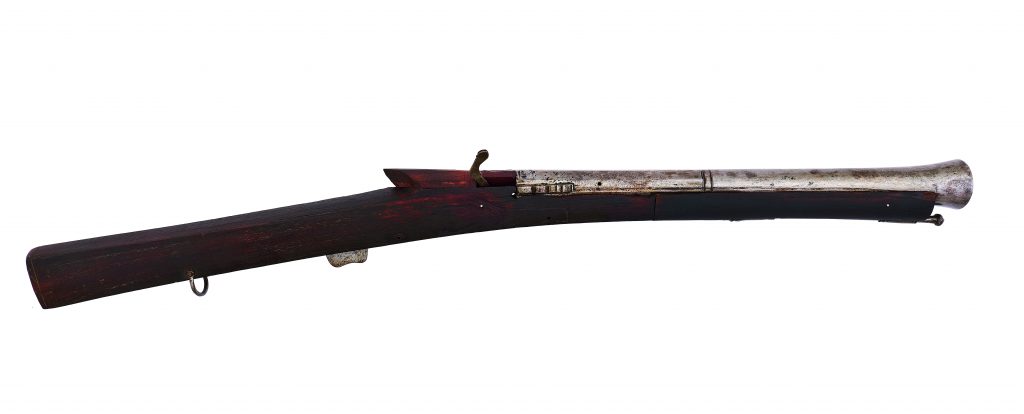
A Rajput Matchlock Blunderbuss (first half of the nineteenth century). Made for a chowkidar or watchman. Courtesy Niyogi Books and Mehrangarh Museum Trust.
It has been claimed that Babur’s use of firearms ended outdated methods of warfare in India. Not as far as the Rajputs were concerned. Maharana Vikramaditya (r.1531–7) attempted to arm infantry with guns at Mewar and forfeited the support of his aristocracy. Fifty years after Mughal guns defeated the Rajputs the Rana of Udaipur appears not to have brought firearms to the battle of Haldigatti in 1576. Badayuni, present at the battle, makes no mention of them on either side but one of the Rana’s elephants was injured by a bullet. The Rajputs are often said to have fully adopted Mughal culture by the late sixteenth century but their attitude to guns and cannon certainly differed from that of the Mughals. For centuries Hindu kingly tradition had extolled the importance of becoming a chakravartin, a great ruler dominating by force of arms neighbouring lesser kings. It was unthinkable by Rajput warriors that this status could be achieved using gunpowder weapons. The Rajputs never lost their virile belief that war was a matter of individual combat for personal glory. They largely ignored other societies’ tactical development of firearms, which diminished the individual’s ability to show his skill with edged weapons and his courage. A warrior should fight his enemy up close and the Rathores had such contempt for firearms that a wound from a sword received double the compensation paid to a similar wound from a gun. The seventeenth-century Iranian traveller in India, Abdullah Sani, who attended Shah Jahan’s court expressed surprise at the large numbers of Rajputs and Afghans serving in the Mughal army. However Jodhpur paintings rarely show Rajputs of status with guns until the second half of the eighteenth century. Hunting scenes show bows being used though there are many literary references to Rajputs using guns. The fame of Rani Durgavati (d.1564), queen of Gondwana, reached Akbar’s court. ‘She was a good shot with gun and arrow and continually went a-huntin… It was her custom that whenever she heard that a tiger had made his appearance she would not drink water till she had shot him.’
Maharana Vikramaditya (r.1531–7) attempted to arm infantry with guns at Mewar and forfeited the support of his aristocracy. Fifty years after Mughal guns defeated the Rajputs the Rana of Udaipur appears not to have brought firearms to the battle of Haldigatti in 1576… For centuries Hindu kingly tradition had extolled the importance of becoming a chakravartin, a great ruler dominating by force of arms neighbouring lesser kings. It was unthinkable by Rajput warriors that this status could be achieved using gunpowder weapons. The Rajputs never lost their virile belief that war was a matter of individual combat for personal glory. They largely ignored other societies’ tactical development of firearms, which diminished the individual’s ability to show his skill with edged weapons and his courage. A warrior should fight his enemy up close and the Rathores had such contempt for firearms that a wound from a sword received double the compensation paid to a similar wound from a gun.
In contrast to Rajput disdain, Akbar was very interested in guns. Abu’l Fazl tells us Akbar ‘introduces all sorts of new methods and studies their applicability to practical purposes. Thus a plated armour was brought before His Majesty, and set up as a target; but no bullet was so powerful as to make an impression on it.’ More of these were ordered. Since rulers and generals were expected to direct battles from the vantage point of a howdah on the back of the largest elephant available where they made excellent targets one can see why this might appeal to him. Abu’l Fazl acknowledges the importance to Akbar of guns, saying he is responsible for various gun inventions: ‘With the exception of Turkey, there is perhaps no country which in its guns has more means of securing the government than this.’ He further says: ‘His Majesty looks upon the care bestowed on the efficiency of this branch as one of the higher objects of a king, and therefore devotes to it much of his time. Daroghas and clever clerks are appointed to keep the whole in proper order.’ The Padshahnama refers in 1636 to ‘Bahadur Beg, supervisor of the Imperial matchlocks’. Matchlocks ‘are in particular favour with His Majesty, who stands unrivalled in their manufacture, and as a marksman’. ‘Many masters are to be found among gunmakers at court’ including Ustad Kabir and Husayn. ‘It is impossible to count every gun; besides clever workmen continually make new ones, especially gajnals and narnals.’
The Portuguese priest Francis Henriques, a member of the first Jesuit mission to Jalal-uddin Akbar in 1580 wrote from Fatehpur Sikri: ‘Akbar knows a little of all trades, and sometimes loves to practise them before his people, either as a carpenter, or as a blacksmith, or as an armourer, filing’. Henriques’s companion, Father Monserrate, confirmed this in his Commentary:
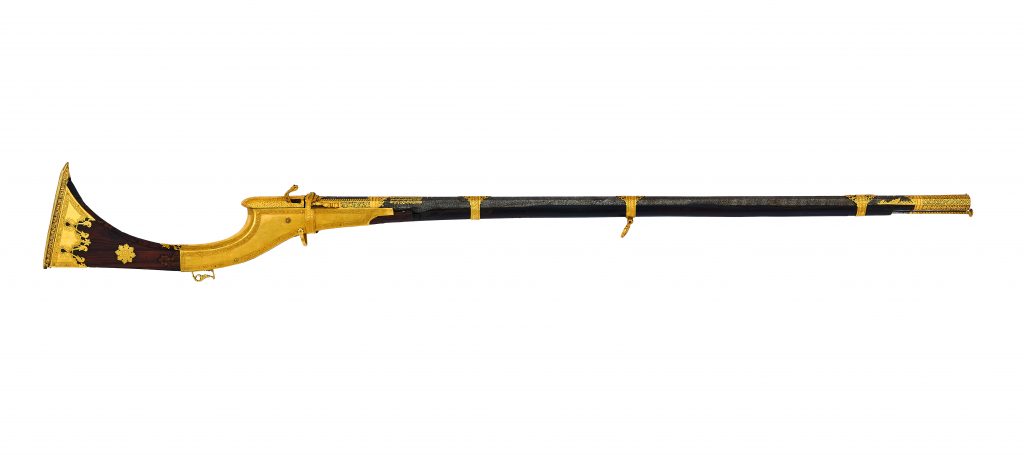
A gold mounted Sindhi jezail. Matchlock rifle. Nineteenth Century. Courtesy Niyogi Books and Mehrangarh Museum Trust.
Zelaldinus [Latin for Jalal-ud-din] is so devoted to building that he sometimes quarries stone himself along with the other workmen. Nor does he shrink from watching and even himself practising for the sake of amusement the craft of an ordinary artisan. For this purpose he has built a workshop near the palace where also are studios and work rooms for the finer and more reputable arts, such as painting, goldsmith work, tapestry-making, carpet and curtain making, and the manufacture of arms. Hither he very frequently comes and relaxes his mind with watching those who practise their arts.
In contrast to Rajput disdain, Akbar was very interested in guns. Abu’l Fazl tells us Akbar ‘introduces all sorts of new methods and studies their applicability to practical purposes. Thus a plated armour was brought before His Majesty, and set up as a target; but no bullet was so powerful as to make an impression on it.’ More of these were ordered… The Padshahnama refers in 1636 to ‘Bahadur Beg, supervisor of the Imperial matchlocks’. Matchlocks ‘are in particular favour with His Majesty, who stands unrivalled in their manufacture, and as a marksman’. ‘Many masters are to be found among gunmakers at court’ including Ustad Kabir and Husayn. ‘It is impossible to count every gun; besides clever workmen continually make new ones, especially gajnals and narnals.’
Many early Turkish gun barrels were made of bronze but wrought iron gradually replaced these. In 1556 Janissaries sent to further Ottoman interests in Central Asia had their ironbarrelled arquebuses seized by the Khan of Bukhara who gave them inferior copper-barrel arquebuses in return. Early Indian gun barrels were made of sheet of iron rolled into a tube with the two edges brought together and braised. ‘They also take cylindrical pieces of iron, and pierce them when hot with an iron pin. Three or four such pieces make one gun.’ Joining three or four pieces of metal to make a gun barrel sounds particularly hazardous but it should be remembered that in Mughal India as in Ottoman Turkey it was common to make cannon in two parts and since guns were seen as small cannon the same practice applied. The powder chamber required much thicker walls than the rest of the barrel and was made separately. The two parts were then joined, the joint reinforced by an astragal.
Barrel-making in Hindustan improved when they were made by twisting a ribbon of iron round a mandrel. In the next stage the metal was heated and the mandrel held vertically and hammered to weld the edges. ‘Numerous accidents’ were caused by barrels exploding. Abu’l Fazl tells us that Akbar tested new guns personally and put the experience to good use.
His Majesty has invented an excellent method of construction. They flatten iron, and twist it round obliquely in form of a roll, so that the folds get longer at every twist; they then join the folds, not edge to edge, but so as to allow them to lie one over the other, and heat them gradually in the fire.
The overlap described by Abu’l Fazl as Akbar’s invention was already used for joining the cannon which were cast in two parts, the powder chamber (daru-khana) and the stone chamber (tash-awi). Ottoman cannon were made with a screw thread to join the parts but the Indians lacked the technical knowledge to make this. The result of Akbar’s new gun-barrel-making technique was that: ‘Matchlocks are now made so strong that they do not burst, though let off when filled to the top.’ His system may have made barrels stronger but it also made them a great deal heavier, which was unimportant to him as he was extremely strong. There were still casualties however. Maharana Hamir Singh severely wounded his hand when his gun exploded during a hunt in 1778. He died from the infected wound six months later.
In 1567–8 Akbar was still trying to bring the Rajputs to heel and he besieged Chittor, the great Mewar fortress where an incident took place that tells us much about guns and contemporary attitudes [the following has been written by Abu’l Fazl].
At this time H.M. perceived that a person clothed in a hazar mikhi (cuirass of a thousand nails) which is a mark of chieftainship amongst (Rajputs) came to the breach and superintended the (repairs). It was not known who he was. H.M. took his gun Sangram, which is one of the special guns, and aimed it at him. To Shuja’at Khan and Rajah Bagwant Das he said that, from the pleasure and lightness of hand such as he experienced when he had hit a beast of prey, he inferred that he had hit the man…
The man Akbar sniped was Jaimal Rathore, a Mertia Rathore, the fort commander. The next day the women all committed jauhar, immolating themselves in a large fire to preserve their honour, and the warriors sallied out to die fighting. An unsupported story claims Jaimal Rathore’s thigh was smashed by Akbar’s bullet. The wound was mortal. Not wanting the shame of dying in bed he was put on a horse and rode out seeking death in battle, leading the Rajputs out of the fort which they might otherwise have held successfully.
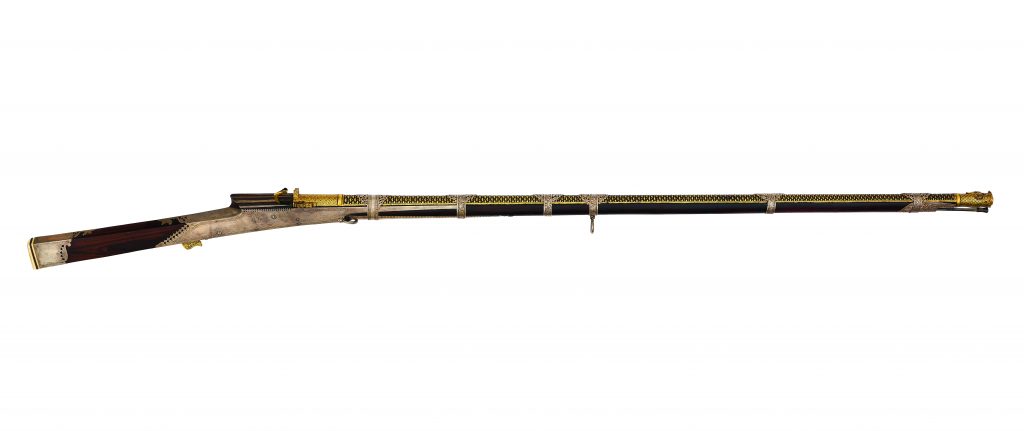
An important matchlock, probably assembled for Maharaja Takhat Singh in the 1840s. Courtesy Niyogi Books and Mehrangarh Museum Trust.
Akbar named this gun Sangram or ‘Battle’ and used it all his life. His son Jahangir later called it ‘one of the rare guns of the age’. Abu’l Fazl records:
An order has been given to the writers to write down the game killed by His Majesty with the particular guns used. Thus it was found that with the gun which has the name of Sangram, 1,019 animals have been killed. This gun is the first of His Majesty’s private guns, and is used during the Farvardin month of the present era.
The man Akbar sniped was Jaimal Rathore, a Mertia Rathore, the fort commander. The next day the women all committed jauhar, immolating themselves in a large fire to preserve their honour, and the warriors sallied out to die fighting. An unsupported story claims Jaimal Rathore’s thigh was smashed by Akbar’s bullet. The wound was mortal. Not wanting the shame of dying in bed he was put on a horse and rode out seeking death in battle, leading the Rajputs out of the fort which they might otherwise have held successfully.
Akbar established a Records Office in 1574 to keep note of events and details of his life but Abu’l Fazl’s account suggests that earlier he kept a Game Book. In a single month over the thirty years that elapsed before the A’in-i Akbari was written, Akbar shot an annual average of almost thirty-four animals with this gun alone. His son wrote in the Jahangirnama: ‘With it he hit three to four thousand birds and beasts.’ Others would have been killed using sword, lance and bow. But the number of animals shot by the emperor was greater than this suggests because Akbar did not limit himself to a single gun each month. Abu’l Fazl explains: ‘His Majesty has selected out of several thousand guns, one hundred and five as khasa [household] guns’. In addition to the twelve guns ‘chosen in honour of the twelve months’ there were guns for the week and for certain days in a most complicated cyclical routine. Nor was this empty ritual. Abu’l Fazl states that: ‘His Majesty practises often’. Jahangir simply said of his father: ‘In marksmanship he had no equal or peer.’
Abu’l Fazl wrote of the large numbers of guns being made for Akbar and clearly the Mughals were the major producer in Hindustan but Lord Egerton’s 1896 catalogue of Indian arms attributes no guns to them, merely recognising some pan-Indian regional differences in form and surface decoration. The Mughals led the development of firearms in Hindustan and it must be assumed that Mughal or strictly speaking Persian technology provided the means by which barrels were made in the sixteenth century. Babur’s armourer was Ghiasu’d-din and Mughal armourers mentioned in successor reigns are all Muslim. Did the Rajputs obtain their barrels from Mughal workshops, import them or make them themselves? How should we distinguish Mughal guns from those of their allies the Rajputs? If the seventeenth- and eighteenth-century guns in the various Rajput armouries are all Rajput-made, one is left asking where to find the missing Mughal guns? It would be surprising if the guns the Rajputs obtained were not Mughal in origin. Saxena says that ‘in the beginning guns and cannon were mostly procured from Agra and Delhi’. Lahore with its Persian and latterly Sikh craftsmen became increasingly important. The Rathores have a fine collection of cannon at Mehrangarh Fort but they are all acquired rather than made locally and a high proportion are European in origin. The 1853 arms inventory shows that Jodhpur used two technical terms relating to gun barrels: simple twist construction known as pechdar; and jauhardar by which was meant forms of damascus, terms likely to reflect earlier practice. Most of the seventeenth- and eighteenth-century barrels in Jodhpur are pechdar though many late seventeenth- or early eighteenth-century damascus matchlock barrels combine this with jauhardar. Judged by the evidence provided by Rajput sword construction in the sixteenth and seventeenth centuries the more sophisticated barrels were Mughal in origin. Damascus pattern is a technique associated with Muslim craftsmen but these, including arms makers, were well integrated into the Hindu states. A good heavy gun barrel is fairly indestructible and the collection shows that they were very frequently re-used. Quality gun barrels acquired at the height of Mughal power in the seventeenth and first half of the eighteenth centuries may well have met most of the Rajput aristocracy’s needs in later years.
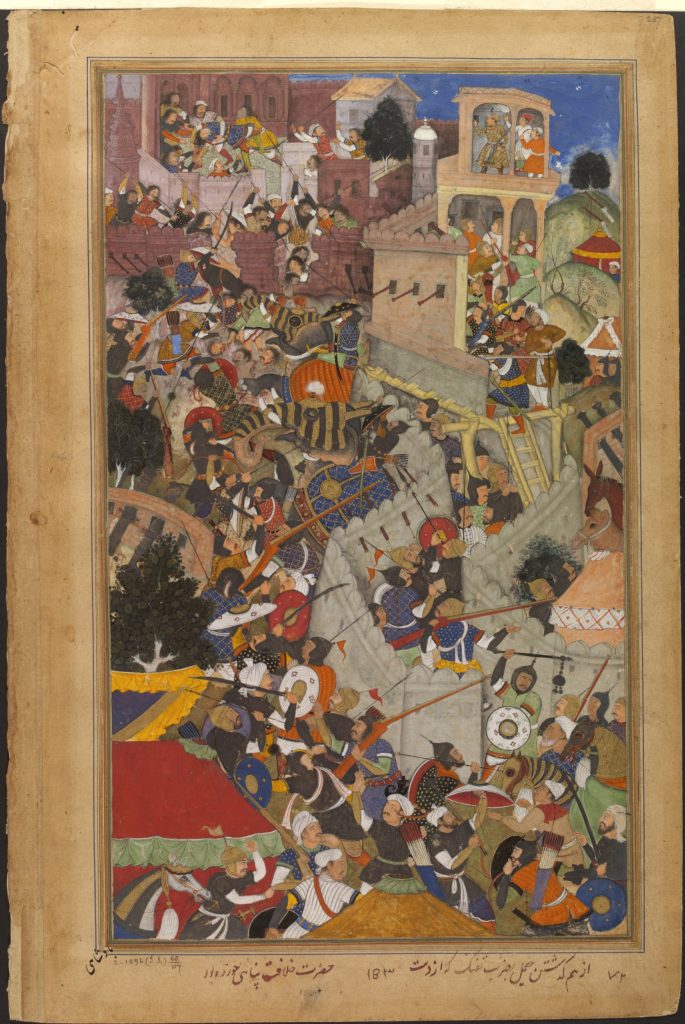
Akbar shoots Jaimal at the siege of Chittor, Akbarnama (dated between 1590-96).
Mughal adoption of Hindu aesthetics made the assimilation of Mughal decoration easy for Hindus. For example, the column bases in the Red Fort in Delhi comprise pots with columns rising out of them, which are decorated with a ring of lanceolate leaves. Those in the Bhadon Pavilion or in the Diwan-i Khass are good examples, both dating from 1639–48. These are certainly not acanthus and Koch says these are ‘reminiscent of lotus petals’ but the carved marble shows a leaf, one that resembles the Indian willow, (Salix tetrasperma, in Sanskrit vanjula). This pot and leaf design has no precedent in Islamic architecture and the kumbha or pot decorated with leaves is an auspicious Hindu symbol. The same leaf design decorates the muzzles of matchlocks found in Rajput armouries from approximately the date of these buildings onwards though the design varies and in time becomes stylised. The original form is found on European barrels, which are adopted but given an Indian interpretation, becoming a shared Muslim/Hindu design: but there are symbols that indicate a purely Hindu gun like the trisula that appears on barrels in the City Palace, Jaipur, a specific order by a Jaipur Maharaja.
Mughal adoption of Hindu aesthetics made the assimilation of Mughal decoration easy for Hindus. For example, the column bases in the Red Fort in Delhi comprise pots with columns rising out of them, which are decorated with a ring of lanceolate leaves. Those in the Bhadon Pavilion or in the Diwan-i Khass are good examples, both dating from 1639–48… This pot and leaf design has no precedent in Islamic architecture and the kumbha or pot decorated with leaves is an auspicious Hindu symbol. The same leaf design decorates the muzzles of matchlocks found in Rajput armouries from approximately the date of these buildings onwards though the design varies and in time becomes stylised. The original form is found on European barrels, which are adopted but given an Indian interpretation, becoming a shared Muslim/Hindu design: but there are symbols that indicate a purely Hindu gun like the trisula that appears on barrels in the City Palace, Jaipur, a specific order by a Jaipur Maharaja.
The changing acceptability of firearms is indicated by Mughal rulers permitting their portraits to be painted holding guns. A sketch by Balchand shows Shah Jahan as a prince using a matchlock c.1620. More important is the painting of Shah Jahan by Payag, Balchand’s older brother, c.1630–45. The Padshahnama shows retainers holding matchlocks at a 1628 darbar, though the painting recording the event is attributed to 1640, commissioned by Shah Jahan, an example of how from the Mongol period onwards paintings were used to emphasise royal continuity and legitimacy. All the guns have match arms, sinew binds stock and barrel, and curved metal rests, necessary because of the length and weight of barrel, are fixed to forestocks. The stock ends are slightly convex and lack heel plates. All these court guns are decorated with an emerald flanked by two rubies, set at intervals in line up the length of the stock, suggesting they are royal guns. The Venetians led the use of ebony for princely furniture which predated the European discovery of the sea route to India. The studiolo (cabinet of curiosities) of Francesco de’ Medici (1541–87) in Palazzo Vecchio was decorated with ebony set with a variety of precious stones, a design concept derived from India which Francesco pioneered. Craftsmen journeyed from Munich, Prague and elsewhere to Florence to establish workshops making goods in Eastern taste, part of a deliberate Medici policy to establish luxury trades in the city.
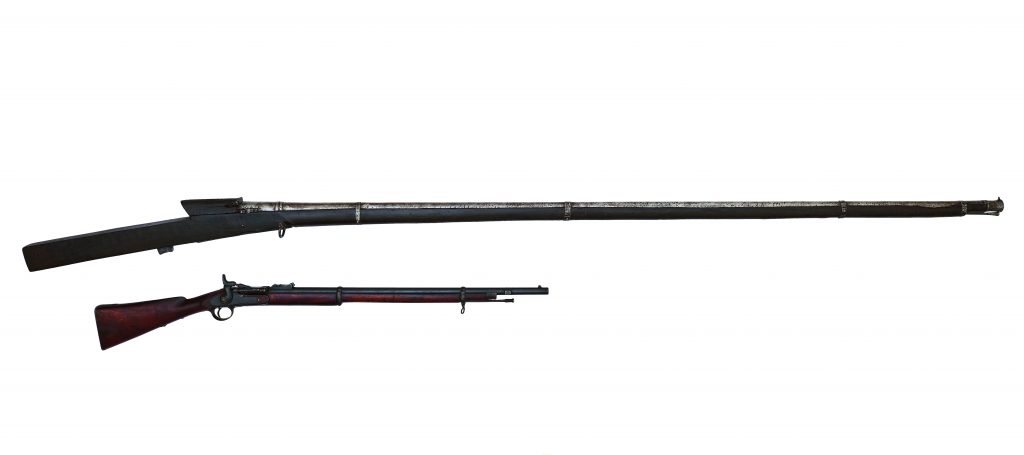
Seventeenth century wall matchlock beside a mid-nineteenth century Snider to show scale. Also called lamchar, meaning ‘big and long’. Courtesy Niyogi Books and Mehrangarh Museum Trust.
Another Padshahnama painting shows the Mughals capturing the Bengal port of Hoogly from the Portuguese in 1632. The Indians hold the stocks of their matchlocks under the armpit rather than to the shoulder. Presumably this was intended to keep the face as far away from the breech as possible because of the danger of barrels exploding but it can hardly have helped accuracy. Perhaps this was one reason why the infantry in Akbar’s time though very numerous were not regarded as important. Many were in state service in some humble capacity, came from a wide variety of castes and occupations, and were pressed into armed service without training when the need arose. Pay depended on their caste and the arms they owned. In the sixteenth century the Mughals called them piyadagam, paik and ahsham. They were equipped with a motley collection of spears, swords and bows and the number of guns among them increased slowly. Bernier says an Indian bowman could fire six arrows in the space of time it took a matchlock man to fire twice. Acquiring a matchlock gave a man status, which enabled him to progress up the military hierarchy where he might become a silehaposh. Units of silehaposh were of mixed origin and in Rajasthan often included Nagas. Paid a modest wage they provided escorts to rulers and were guards on city ramparts. Some were provided with arms by the state. Bhils too were recruited in Rajasthan, men noted for their skill with a bow. In the eighteenth century the Rajputs increasingly recruited Purbias, people from eastern India, particularly Bihar, as matchlock men. They were referred to as Biradaris, the units each known by the name of their leader. Brigades of mercenaries for hire were a prominent feature of the north Indian military labour market from at least the fifteenth century. Successive Mughal emperors kept bandukchis under their control, attached to and paid by the Royal household rather than giving power to their nobles; but, with time, favoured nobles like the Kachwahas of Amber were permitted to recruit as a privilege. Mirza Raja Jai Singh had both ordinary matchlock men (dakhil banduk) and mounted matchlock men (sawar banduk) in 1663. Mounted barq-andaz, some of them of Ottoman origin, served in the Mughal army attempting to suppress Durga Das’s revolt in support of Ajit Singh, which started in 1679. The opportunities and Mughal rules relating to the recruitment of matchlock men were arbitrary and became less regulated as Mughal power declined.
The Turks replaced their matchlocks with the miquelet lock, developed in the Iberian peninsula on the back of Portuguese designs by about 1580 and this lock was adopted across the Mediterranean region. The Turks used this until the late nineteenth century but Indians never used it, other than guns produced under Portuguese instruction in Goa and other Portuguese possessions. These have miquelet locks, often dog locks, in Sri Lanka mounted on the left hand side of the gun, a peculiarity never satisfactorily explained. Gun barrels made in the Ottoman Balkans found a market in India though the extent of this trade is hard to assess. Evilya Celebi (1611–82), a Turkish official whose Seyahatname details journeys in the Ottoman Empire, described Sarajevo in Bosnia as ‘an emporium of wares from India…’. Sarajevo’s famous gun barrels were exported across the Ottoman Empire and as far as India. Two major gunmaking towns in Albania, Prizren and Tetovo also sent gun barrels to India though probably few before the seventeenth century. The success of this trade was no doubt helped by the Turks of high status who came to serve the Mughals such as the Ottoman governor of Basra, Amir Husain Pasha, who abandoned Sultan Mehmed and arrived in Delhi in 1669 where he was liberally welcomed by Aurangzeb, eventually becoming subadar of Malwa. In 1715 when Maharaja Ajit Singh of Marwar’s daughter Indra Kunwar married the Emperor Farrukh Siyar, the maharaja’s rise in status was indicated by his purchase of matchlocks worth one lakh, a large order, the supplier unknown.
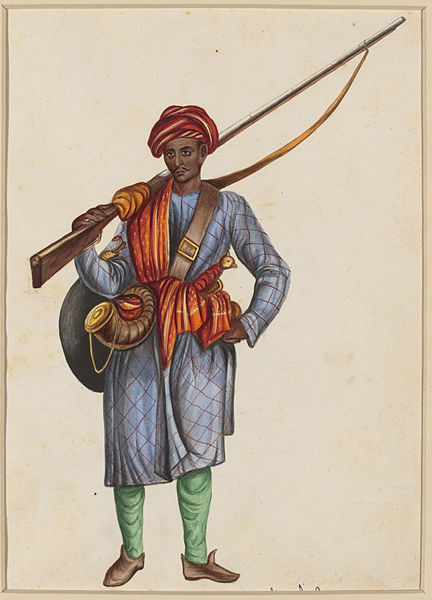
A Mughal Infantryman, 1850.
Another Padshahnama painting shows the Mughals capturing the Bengal port of Hoogly from the Portuguese in 1632. The Indians hold the stocks of their matchlocks under the armpit rather than to the shoulder. Presumably this was intended to keep the face as far away from the breech as possible because of the danger of barrels exploding but it can hardly have helped accuracy… Bernier says an Indian bowman could fire six arrows in the space of time it took a matchlock man to fire twice. Acquiring a matchlock gave a man status, which enabled him to progress up the military hierarchy where he might become a silehaposh.
The Ottoman army encountered European dragoons in the Cretan War (1645–69) who fired from horseback using fusils, flintlock muskets that were lighter and more convenient than the contemporary matchlock, a new approach to warfare that Rumi mercenaries brought to India. The Mirat-i-Ahmadi describes Rathore horsemen armed with matchlocks and incendiary bombs advancing to take the town gates of Ahmadabad in 1729. Horsemen armed with matchlocks increasingly became a feature of Indian battlefields from the latter part of the seventeenth century. To facilitate this matchlocks became shorter and lighter.
The nineteenth-century writer Irvine argued that in India until the mid-eighteenth century the bow was considered a far more reliable weapon than firearms. Too much credence in the apparent technical superiority of the matchlock over the bow has encouraged the assumption that firearms were swiftly adopted. True it was easier to train a matchlock man than a bowman but the theoretical advantages of the gun was often negated on the battlefield by it not working or poor powder or a shortage of bullets, all very common in India when responsibility was individual until the development of a competent commissariat and a conscientious and honest supervisory structure. This applies to Indians and Europeans. There are accounts of small units of British soldiers being hastily sent up-country in 1857 with half their muskets defective or lacking flint, powder or shot.
The Rajput view on this would probably admit the use of guns as a necessary evil but favour the bow until the mid-eighteenth century. The Rajputs are a conservative people and the bow won approval because it was used by familiar heroes in classic literature. Bhishma, ‘Terrible’, a prominent warrior in the Mahabharata, displays Rajput virtues as a man of courage, honour, loyalty and chivalrous behaviour, which all warriors would be taught since childhood to emulate. The Rathores deliberately sought death in battle as a sacrifice to the Goddess and Bhishma was gloriously pierced by so many arrows in battle that he fell from his chariot. His dying body was held off the ground by the arrow shafts protruding from his body. Lying on this couch of arrows he managed to delay his death for fifty-eight days until the sun started its northern course because Rajputs believed that the passage to warrior heaven is easier during this period.
In Hinduism, dharma, a Vedic concept, changes its meaning over the centuries and cannot be expressed in a single word but ‘order’, ‘model,’ ‘custom,’ ‘duty’ and ‘law’ have been used concerning it. Hinduism personifies dharma as a deified Rishi (enlightened person) personifying goodness and duty. His son is Yudhishthira – ‘firm in battle’. Dharma expresses the obligation of correct behaviour in all aspects of daily life integrated with religious duties so that individual responsibilities and cosmic order (Rta) can harmoniously align. Rajput dharma adds to this philosophical concept a unique social and religious code of its own that is the core of group identity and behaviour patterns. Individual Rajputs acknowledge rigidly shared sanctified rules, declaimed by court poets (Charans) and enforced by group pressure that gloried in and maintained tradition. Rajput dharma created an exclusive, tightly united, conservative group that was unsympathetic to the use of guns.
In Hinduism, dharma, a Vedic concept, changes its meaning over the centuries and cannot be expressed in a single word but ‘order’, ‘model,’ ‘custom,’ ‘duty’ and ‘law’ have been used concerning it… Rajput dharma adds to this philosophical concept a unique social and religious code of its own that is the core of group identity and behaviour patterns. Individual Rajputs acknowledge rigidly shared sanctified rules, declaimed by court poets (Charans) and enforced by group pressure that gloried in and maintained tradition. Rajput dharma created an exclusive, tightly united, conservative group that was unsympathetic to the use of guns.
The Rajputs were taught that the bow was a part of Rajput dharma and that warriors should practise with it every day, either hunting, or shooting at a baked earth target. It took years of practice to become a good archer. The bow in question was not the great self bows used by the indigenous peoples that are depicted in the hands of many of India’s warrior gods. It was the kaman turki, chahar kham (‘four curved’) recurved bow, used in Central Asia from the third millennium BC that came to India at the time of the Scythian invasions. Made of horn, sinew and wood, painted and lacquered to make the bow waterproof and attractive, such bows, the work of skilled craftsmen, were vulnerable to the climate and often had to be replaced. For Rajputs and Muslims the bow was a status symbol. New Indian dynasties, seeking to burnish their kshatriya credentials, noted this and sometimes used the bow and quiver in their accession ceremonies. Guru Har Gobind, the sixth Sikh Guru, put on a quiver and held a bow in his ceremony in 1606. The same recurved bow was used by Indian Muslims. The Prophet, himself an archer, had urged the faithful to practise with the bow so for Muslims archery was a spiritual exercise. For these reasons the bow remained popular. Irvine heard stories of British troops killed with arrows in the Mutiny. The British at that time thought the bow archaic but Indians took a different view and it was commonly included among the weapons in the howdah of princes out hunting until very late in the nineteenth century, for use as well as the symbol of a gentleman. James Tod, who knew the people well, wrote in 1830: ‘The Rajput who still curses those vile guns which render of comparative little value the lance of many a gallant soldier, and he still prefers falling with dignity from his steed to descending to an equality with his mercenary antagonists.’

A matchlock multi-barrel pistol. Eighteenth Century. Also called ‘Panjtop’ and ‘Sher Ka Bache’. All shots strike close together and almost simultaneously when the powder in the tray is ignited. The holes drilled in each barrel is required by Indian legislation. Courtesy Niyogi Books and Mehrangarh Museum Trust.
The transition from matchlock to flintlock in the eighteenth century was gradual and largely due to European military commanders appointed by Indian rulers. The eighteenth-century European wars between the British and French were also fought in India where defeat resulted in disbanded French soldiers seeking employment, training and equipping local armies in the European manner. The Maratha sardar’s ‘regular’ infantry were increasingly armed with flintlocks, but they also recruited Kolis and Bhils armed with matchlocks as auxiliary troops. A Scottish mercenary, Colonel George Sangster, was employed by the mercenary General de Boigne to create an arsenal at Agra in 1790. ‘Sangster, who had trained as a gun-founder and manufacturer before coming to India, cast excellent cannon and made muskets as good as the European models for ten rupees each.’ It was customary for European mercenaries to equip their troops with arms and ammunition. De Boigne’s camp included Najibs, Pathans, Rohillas and high-caste Hindus and these gave up their matchlocks and were equipped with Sangster’s flintlocks. He eventually created five arsenals run by daroghas, at Mathura, Delhi, Gwalior, Kalpi and Gohad. Indian troops used their flintlocks in idiosyncratic ways as Fitzclarence noted in 1817:
As we approached… I was thrown upon the qui vive by the flash of a gun or pistol in that direction; but, from no report reaching me, I was convinced it had originated in that most unsoldierly trick so common among the native cavalry of India, of flashing in the pan of their pistols to light their pipe.
In 1796 a European observer noted that the matchlocks of the irregular infantry at Oudh ‘carried further and infinitely truer than the firelocks (flintlocks) of those days’. Fitzclarence in 1818 wrote that: ‘ …the matchlock is the weapon of this country’ and: ‘the flintlock… is far from being general, and I may even say is never employed by the natives: though the Terlinga, armed and disciplined after our manner, in the service of Scindiah and Holkar, make use of it. Some good flintlocks are however, made at Lahore’. However, in the early nineteenth century Lahore also continued making matchlocks, popular in Rajasthan and, ‘like the locally produced examples, they are often highly finished and inlaid with mother-of-pearl and gold: those of Bundi are the best’. Tod noted that matchlocks, swords and other arms were manufactured at Pali and Jodhpur.
Egerton, an experienced arms collector in India from 1858, reports that Kotah and Bundi made famous matchlocks. This probably reflects the arms market created by Kotah’s prime minister, Zalim Singh, who in the latter part of the eighteenth century hired large numbers of mercenaries to defend the state against the Marathas. These troops included two brigades led by Firangis who had become Indian in all but name, brigades of Dadhu Panthi Naga ascetics, individual Marathas and a great many Pathans. In the late eighteenth century many Pathans were in Rohilla service in the Rampur region but after the British helped the Nawab of Oudh to defeat the Rohillas in 1774 there was a general reshaping of north Indian military employment and the Pathans moved west of the Ganges and found employment in Kotah, Jodhpur and indeed all the Rajput states. These troops brought their arms with them but needed the support the bazaar gave them until Zalim Khan, probably acting with the advice of French officers, introduced central control on all aspects including equipment towards the end of the eighteenth century. The Pushtun Amir Khan, deeply involved in Rajput affairs, ended as Nawab of Tonk in 1806, a good example of a mercenary’s rise to power. He was born in Sambhal in Rohilkhand in 1767 and started as a leader with ten men. By 1814 he commanded 30,000 horse and foot and a well-run train of artillery. Nineteenth-century inventories give the origin of guns, showing that at that date the Rajputs made gun barrels and also imported them, but these are generally hunting guns. A distinction needs to be made between the needs of the aristocracy, the mercenary, and the peasant who sought cheap guns to defend his mud-walled village from marauding Pindaris, Marathas, dacoits, wild animals, rapacious landlords and tax collectors.
European flintlock mechanisms were not used to upgrade Rajput matchlocks. This is surprising since their neighbours the Sindhis when given European guns as presents usually discarded all but the English lock which they fitted to their jezails. Sometimes they copied these, Sindhi lockplates spuriously signed Parker after the noted London maker being particularly common. In this they were possibly influenced by Persian attitudes to Western guns, Persian metalworkers being technically competent and happy to copy Western gunlocks in the nineteenth century.
The Rajputs had no military necessity to adopt new technology because from 1818 the British were treaty-bound to protect the Rajput states. Rajputs acquired European hunting guns if they had good contacts but paintings rarely show maharajas using them and they were rare until the 1840s. One sees relatively few in the state armouries until the nineteenth-century military examples come into use. Sometimes one finds whole rooms of racked nineteenth century British military weapons in forts, as though a regiment had handed in their arms and marched away. From the Indian point of view the complex flintlock mechanism had to be kept clean, lubricated and was hard to repair. The matchlock had few moving parts, was cheap to produce, easy to maintain and repair and used a locally grown match. Gun flint is not found in India and had to be imported from Europe. Agates used as a substitute were extremely hard and damaged the frizzen. A variety of sizes was required and these needed reversing in the jaw of the cock when they became worn after a small number of shots, usually using a knife edge as a screwdriver. The flintlock was an unreliable weapon. It is suggested that even in good weather it misfired 15 per cent of the time and in damp or wet weather the rate rose significantly. European flintlock mechanisms were not used to upgrade Rajput matchlocks. This is surprising since their neighbours the Sindhis when given European guns as presents usually discarded all but the English lock which they fitted to their jezails. Sometimes they copied these, Sindhi lockplates spuriously signed Parker after the noted London maker being particularly common. In this they were possibly influenced by Persian attitudes to Western guns, Persian metalworkers being technically competent and happy to copy Western gunlocks in the nineteenth century. Iqtidar Alam Khan wrote that ‘the inability of the Indians to copy cast-iron cannon and adopt more efficient flintlocks as standard military muskets were perhaps the two most conspicuous failures in the field of firearms during the seventeenth century’. The present author does not agree. Earlier adoption of the flintlock by Indians would have changed little if anything, the gap between the efficacy of the two systems being not so great, particularly in an Indian context. Failure came from the mismanagement of existing resources, people and the Indian philosophy of war rather than from technology.
This excerpt has been carried courtesy the permission of Niyogi Books. You can buy The Maharaja of Jodhpur’s Guns here.
Robert Elgood has a BA in Islamic History from the School of Oriental and African Studies (SOAS), where he is now a Research Associate, and a DPhil from Oxford University in Indian Anthropology. He worked for some years in the 1980s as Sotheby’s Oriental arms expert and from 2007 to 2013, he was Research Fellow, Eastern European, Islamic and Asian Arms and Armour at the Wallace Collection in London. He catalogued the arms collection at Belmont House, Kent and wrote the arms section to a catalogue for Jodhpur’s exhibition at the Museum of Fine Art, Houston. He has lectured at SOAS on the Asian Arts Diploma since the 1980s, at seminars such as the ICOMAN Conference in Oman in 2012, in Cairo in 2014 and at many of the major museums of Europe, America, the Arab world and India including the Victoria and Albert Museum, London, the Metropolitan Museum, New York, The Islamic Art Museum, Qatar and the Dar al Athar al-Islamiyyah, Kuwait where he was a guest scholar. He has also advised museums, dealers and collectors. He is a Fellow of the Society of Antiquaries and the Royal Asiatic Society. He commissioned and edited Islamic Arms and Armour and is the author of Arms and Armour of Arabia in the 18th, 19th and 20th centuries, Firearms of the Islamic World in the Tareq Rajab Museum, Kuwait, Hindu Arms and Ritual: Arms and Armour from India 1400-1865. Articles include three for Macmillan’s’ World Dictionary of Art and another for Brill’s Encyclopedia of Islam. In 2008, he wrote an introductory essay to a new edition of Sir Caspar Purdon Clarke’s Catalogue of the Collection of Indian Arms and Objects of Art at Marlborough House, originally published in 1898 and his Arms and Armour at Sandringham, published in 1910. ‘The Arms of Greece and her Balkan Neighbours in the Ottoman Period’ appeared in Greek and English editions. More recent publications are Arms and Armour at the Jaipur Court, his two volume catalogue, Rajput Arms and Armour: The Rathores and their Armoury in Jodhpur Fort and The Maharaja of Jodhpur’s Guns. You can read more about him and his work here.
| 2500 BC - Present | |
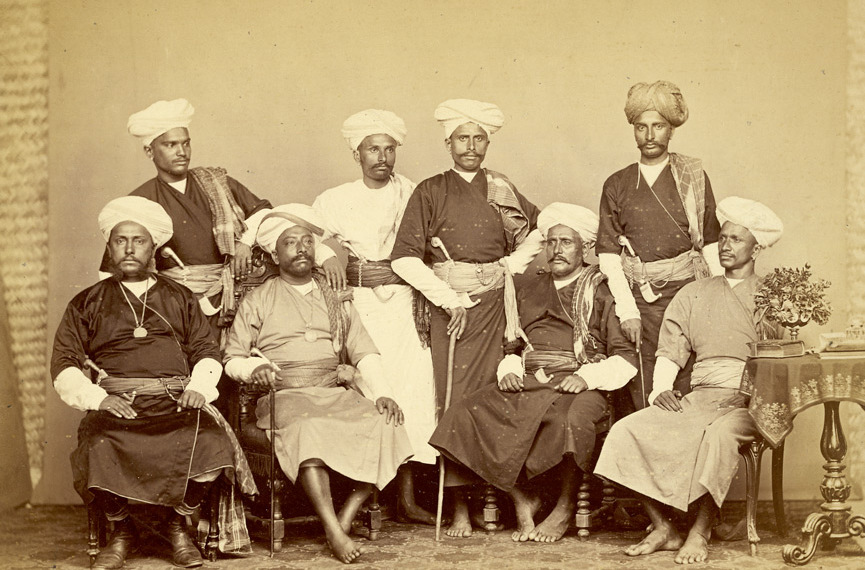
|
2500 BC - Present |
| Tribal History: Looking for the Origins of the Kodavas | |
| 2200 BC to 600 AD | |
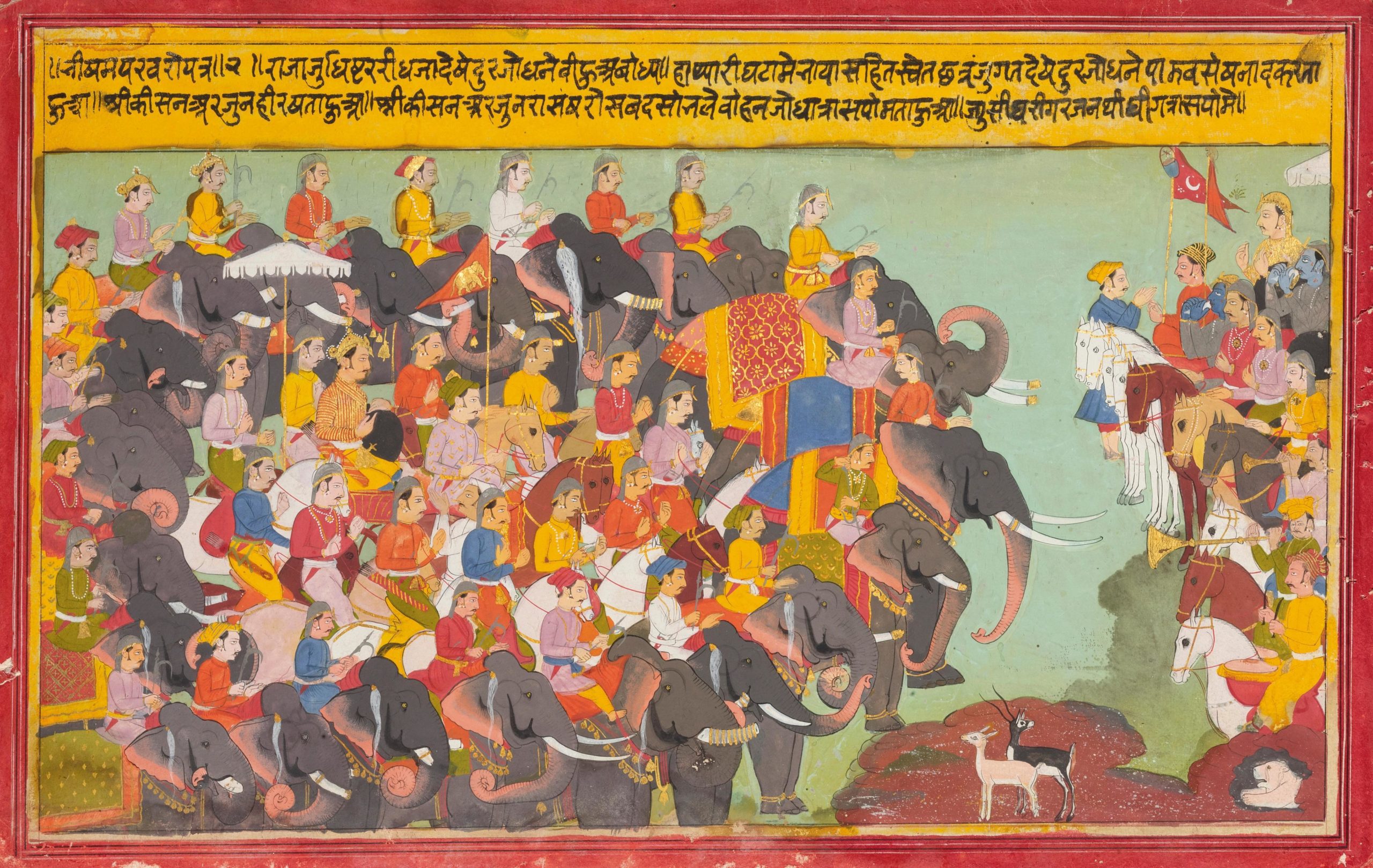
|
2200 BC to 600 AD |
| War, Political Violence and Rebellion in Ancient India | |
| 400 BC to 1001 AD | |
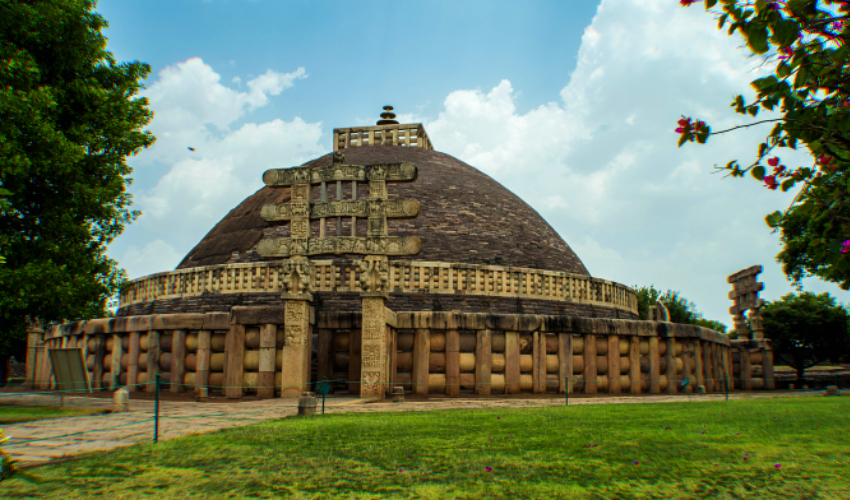
|
400 BC to 1001 AD |
| The Dissent of the ‘Nastika’ in Early India | |
| 600CE-1200CE | |
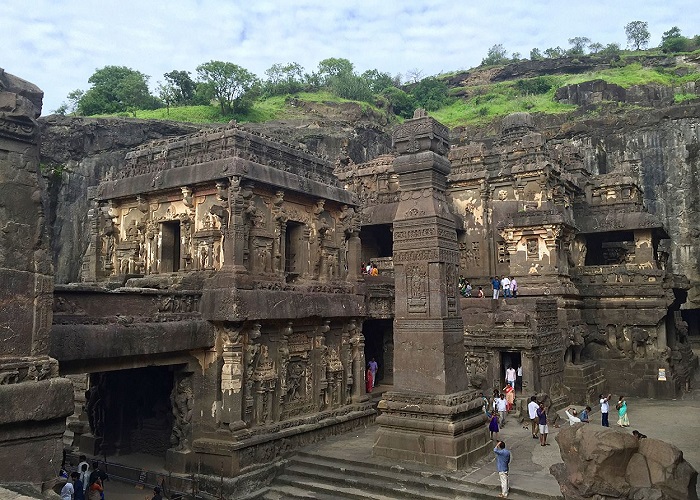
|
600CE-1200CE |
| The Other Side of the Vindhyas: An Alternative History of Power | |
| c. 700 - 1400 AD | |
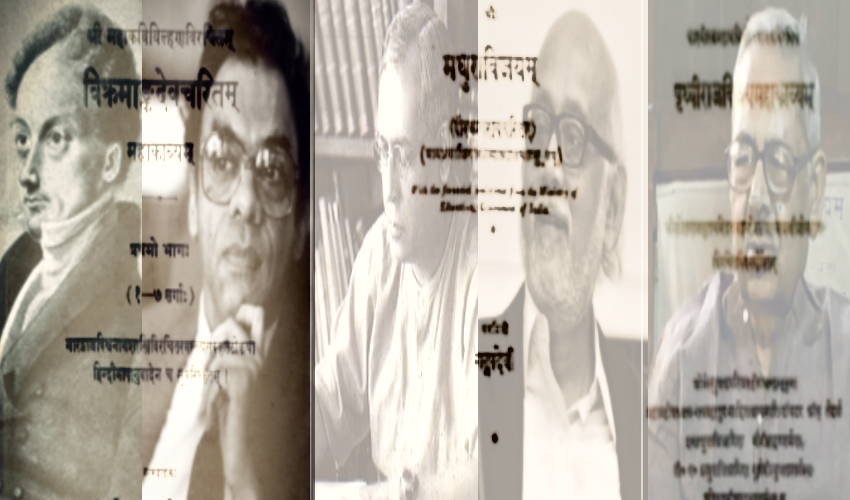
|
c. 700 - 1400 AD |
| A Historian Recommends: Representing the ‘Other’ in Indian History | |
| c. 800 - 900 CE | |

|
c. 800 - 900 CE |
| ‘Drape me in his scent’: Female Sexuality and Devotion in Andal, the Goddess | |
| 1192 | |
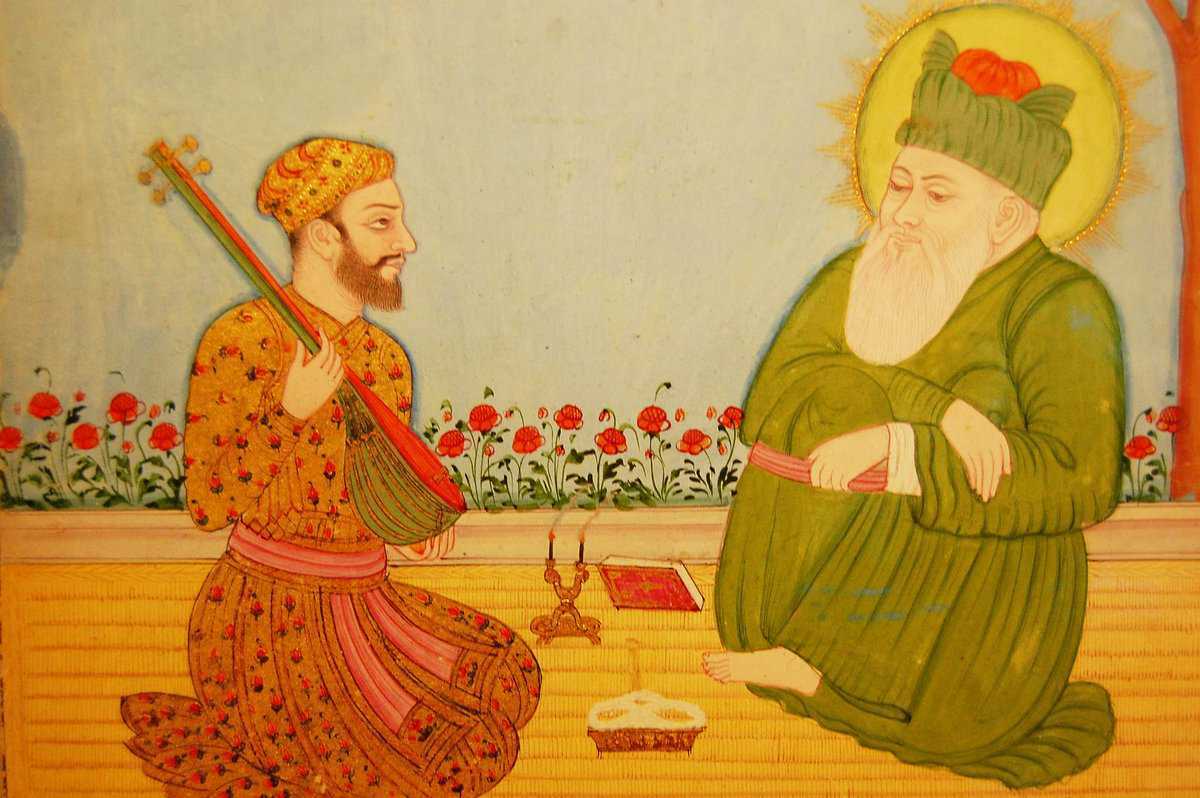
|
1192 |
| Sufi Silsilahs: The Mystic Orders in India | |
| 1200 - 1850 | |
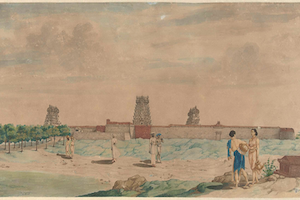
|
1200 - 1850 |
| Temples, deities, and the law. | |
| c. 1500 - 1600 AD | |
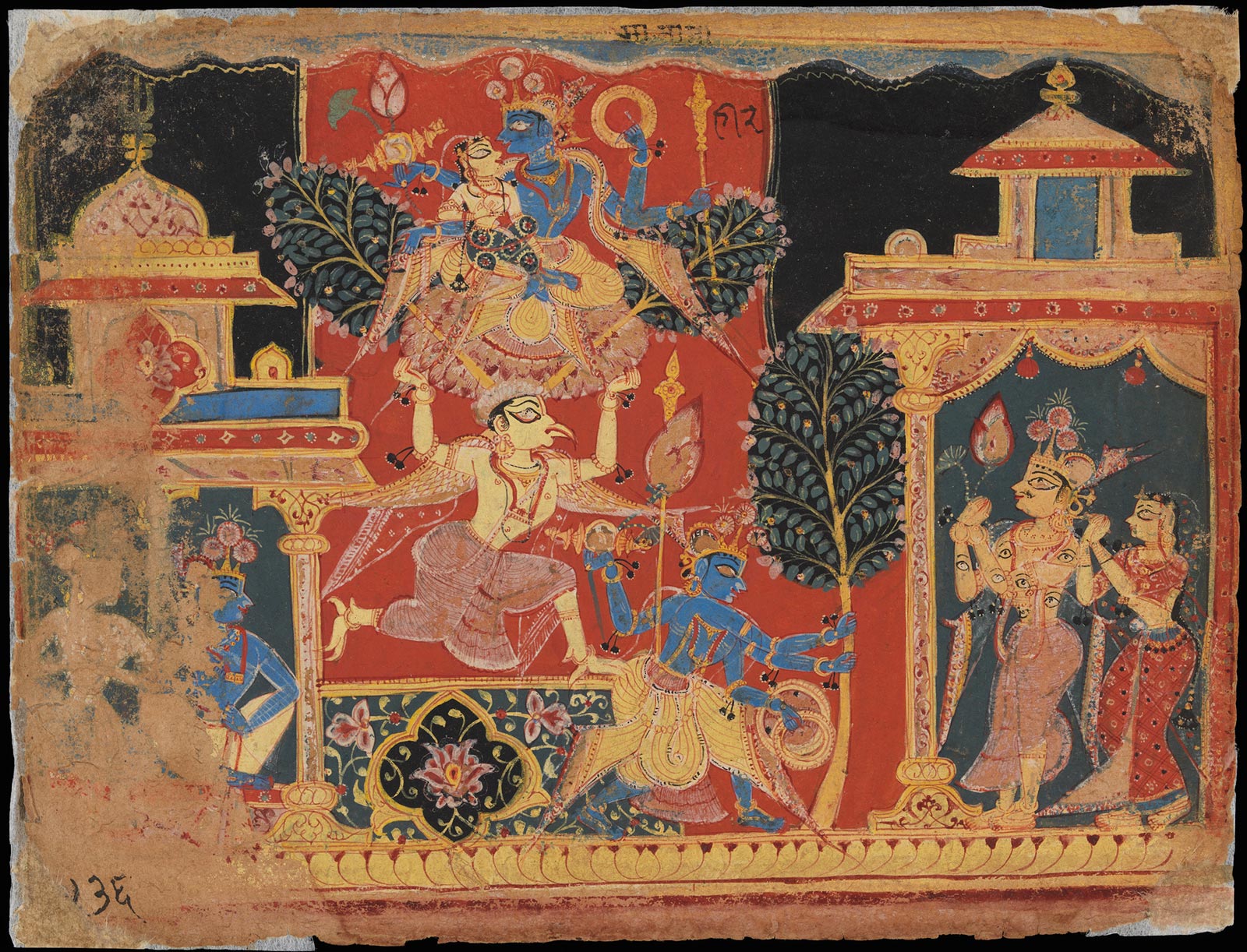
|
c. 1500 - 1600 AD |
| A Historian Recommends: Religion in Mughal India | |
| 1200-2020 | |
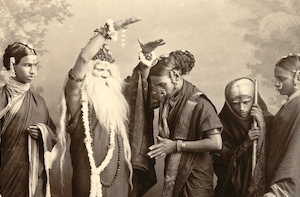
|
1200-2020 |
| Policing Untouchables and Producing Tamasha in Maharashtra | |
| 1530-1858 | |

|
1530-1858 |
| Rajputs, Mughals and the Handguns of Hindustan | |
| 1575 | |
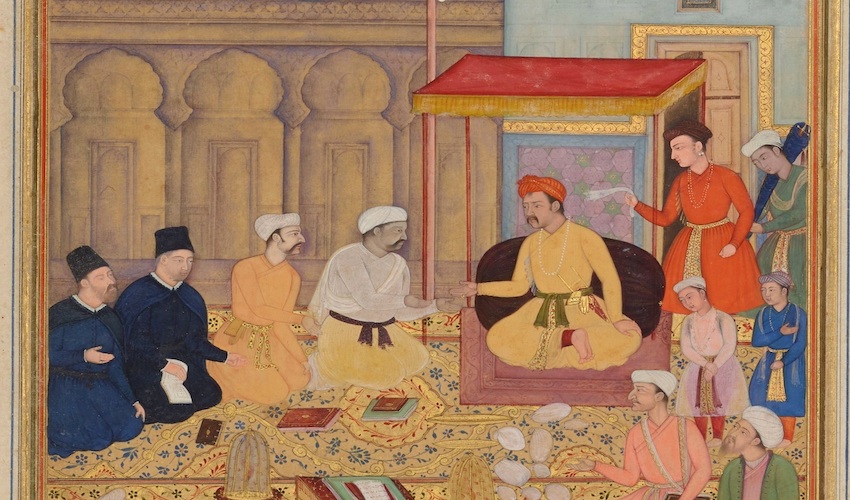
|
1575 |
| Abdul Qadir Badauni & Abul Fazl: Two Mughal Intellectuals in King Akbar‘s Court | |
| 1579 | |
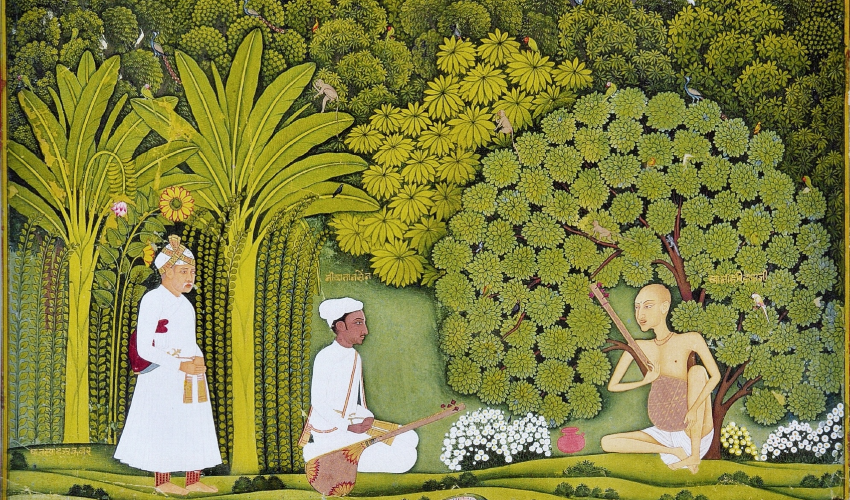
|
1579 |
| Padshah-i Islam | |
| 1550-1800 | |
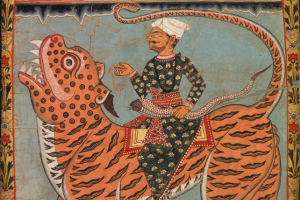
|
1550-1800 |
| Who are the Bengal Muslims? : Conversion and Islamisation in Bengal | |
| c. 1600 CE-1900 CE | |

|
c. 1600 CE-1900 CE |
| The Birth of a Community: UP’s Ghazi Miyan and Narratives of ‘Conquest’ | |
| 1553 - 1900 | |
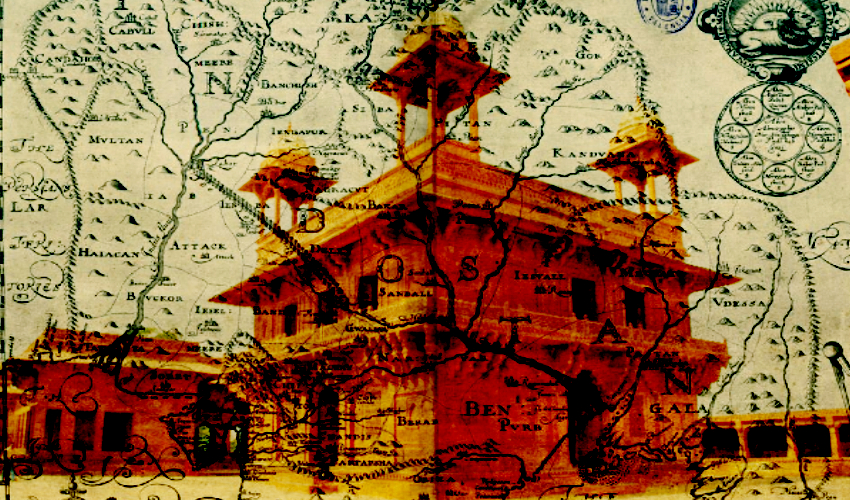
|
1553 - 1900 |
| What Happened to ‘Hindustan’? | |
| 1630-1680 | |
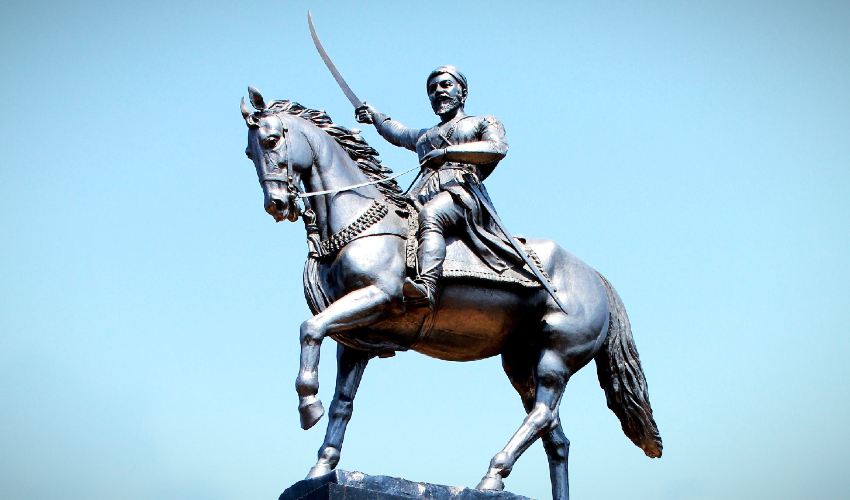
|
1630-1680 |
| Shivaji: Hindutva Icon or Secular Nationalist? | |
| 1630 -1680 | |
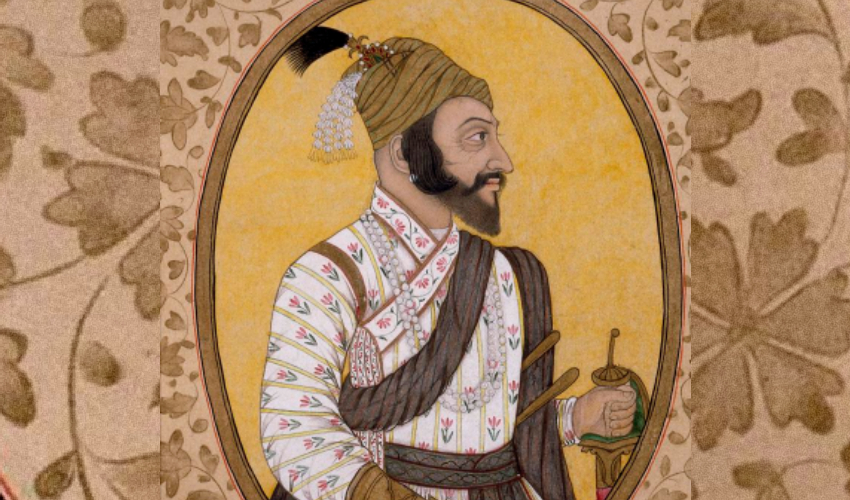
|
1630 -1680 |
| Shivaji: His Legacy & His Times | |
| c. 1724 – 1857 A.D. | |

|
c. 1724 – 1857 A.D. |
| Bahu Begum and the Gendered Struggle for Power | |
| 1818 - Present | |
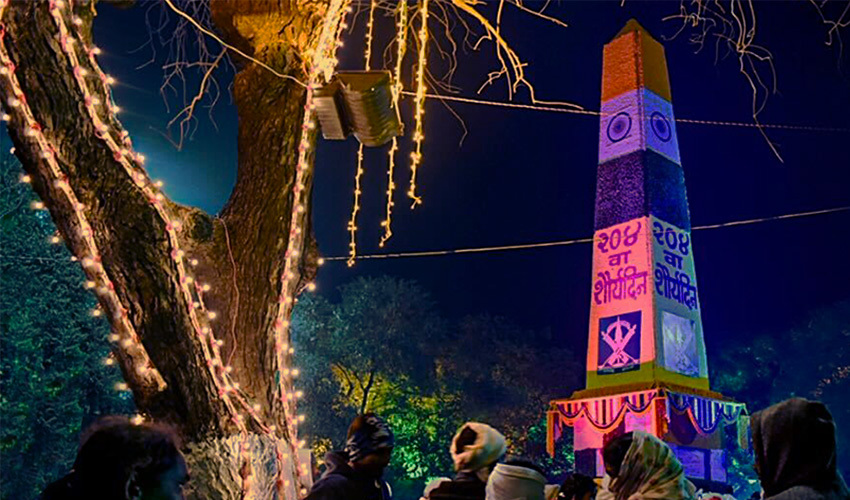
|
1818 - Present |
| The Contesting Memories of Bhima-Koregaon | |
| 1831 | |
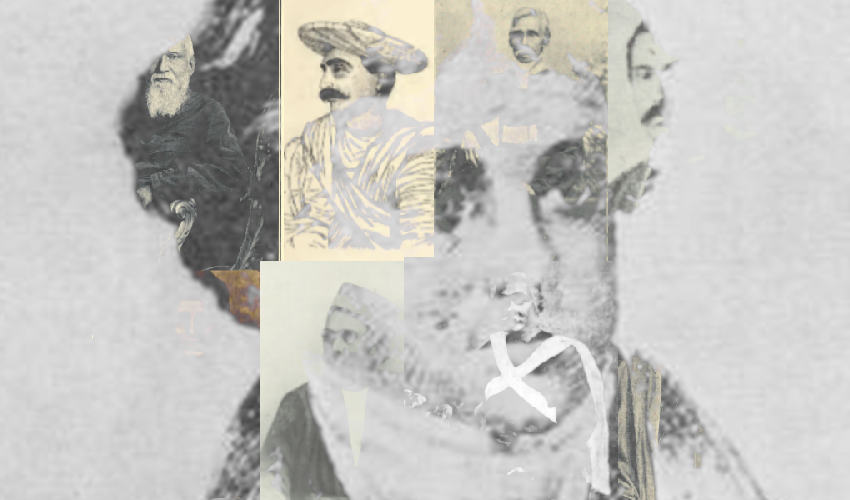
|
1831 |
| The Derozians’ India | |
| 1855 | |
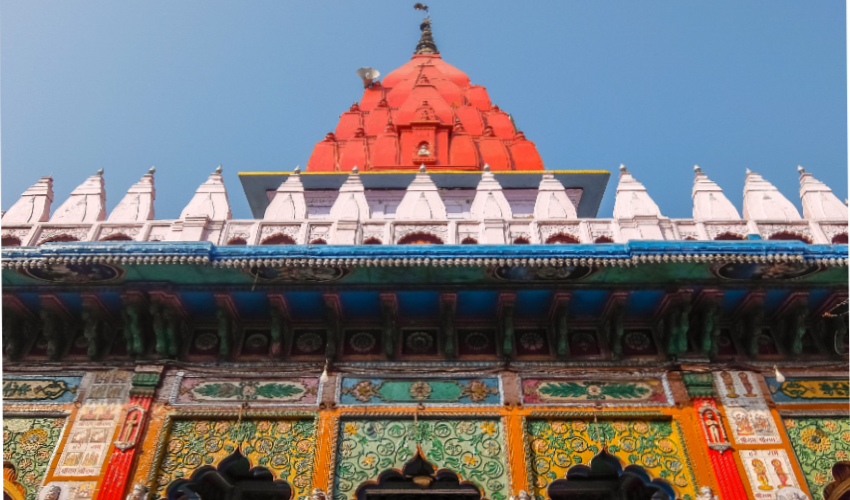
|
1855 |
| Ayodhya 1855 | |
| 1856 | |
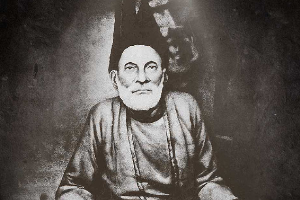
|
1856 |
| “Worshipping the dead is not an auspicious thing” — Ghalib | |
| 1857 | |
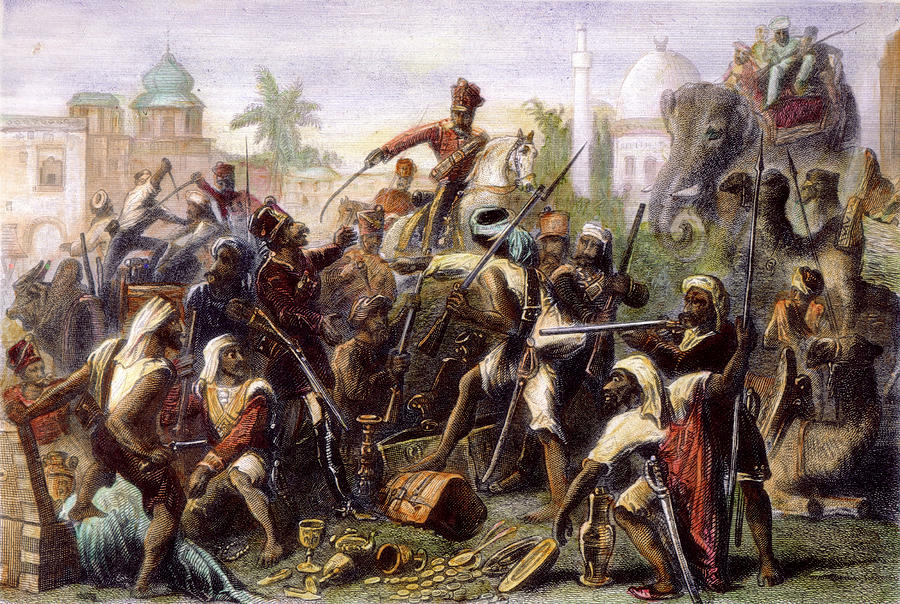
|
1857 |
| A Subaltern speaks: Dalit women’s counter-history of 1857 | |
| 1858 - 1976 | |
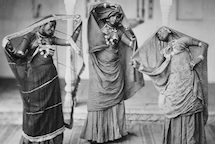
|
1858 - 1976 |
| Lifestyle as Resistance: The Curious Case of the Courtesans of Lucknow | |
| 1883 - 1894 | |
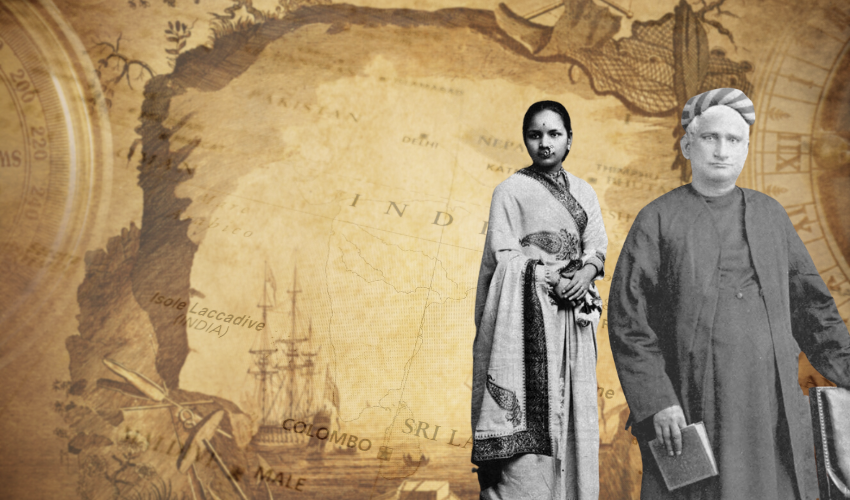
|
1883 - 1894 |
| The Sea Voyage Question: A Nineteenth century Debate | |
| 1887 | |
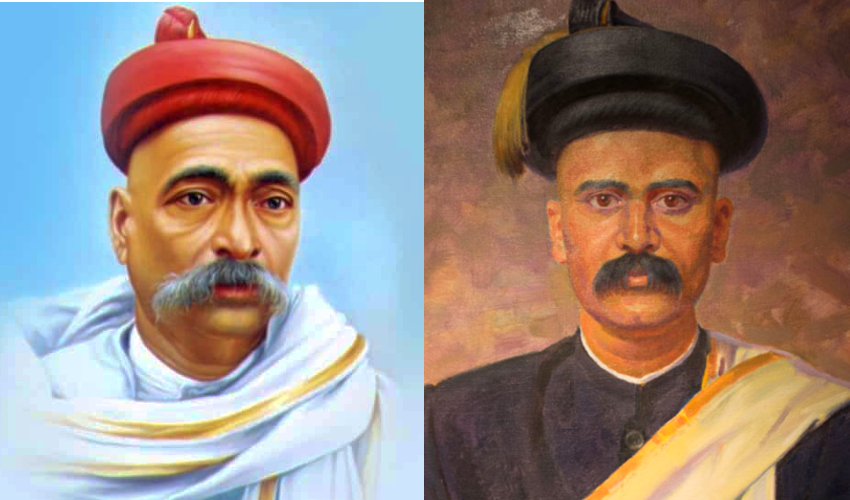
|
1887 |
| The Great Debaters: Tilak Vs. Agarkar | |
| 1893-1946 | |

|
1893-1946 |
| A Historian Recommends: Gandhi Vs. Caste | |
| 1897 | |
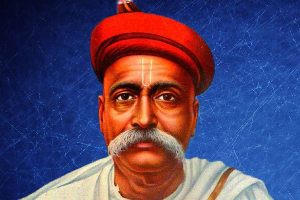
|
1897 |
| Queen Empress vs. Bal Gangadhar Tilak: An Autopsy | |
| 1913 - 1916 Modern Review | |
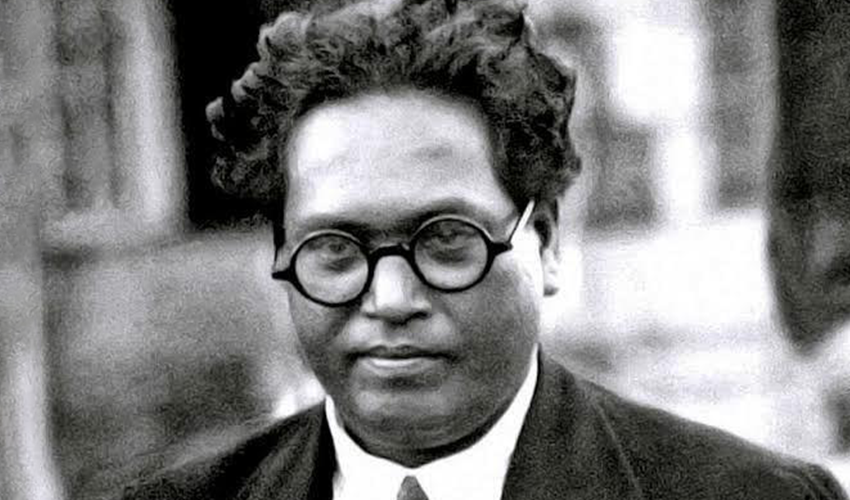
|
1913 - 1916 |
| A Young Ambedkar in New York | |
| 1916 | |
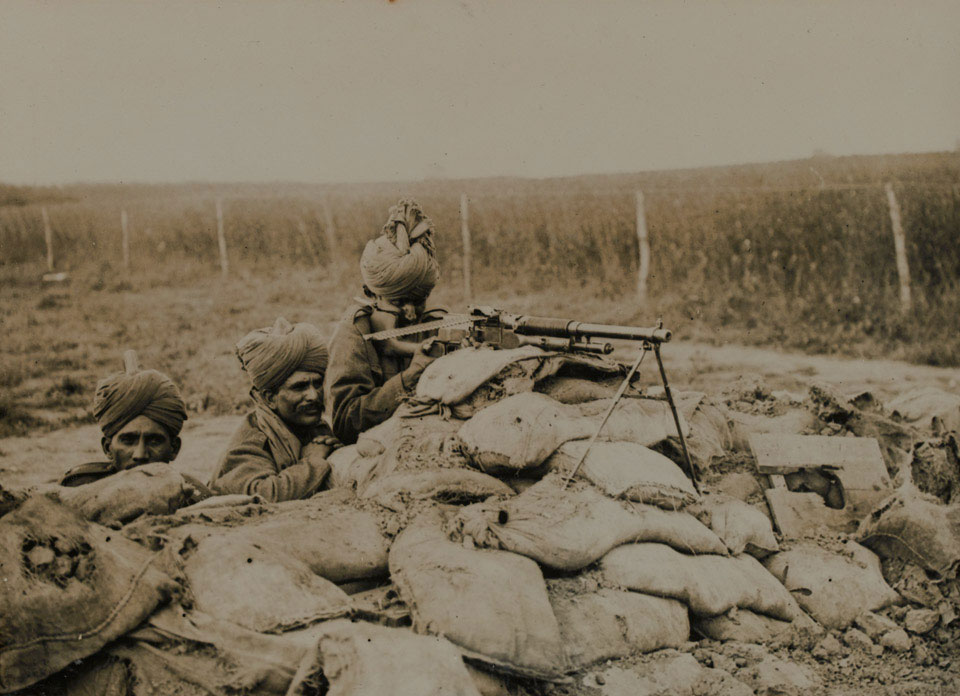
|
1916 |
| A Rare Account of World War I by an Indian Soldier | |
| 1917 | |
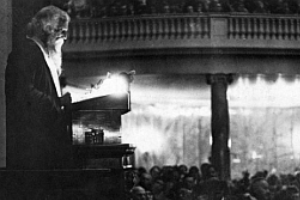
|
1917 |
| On Nationalism, by Tagore | |
| 1918 - 1919 | |
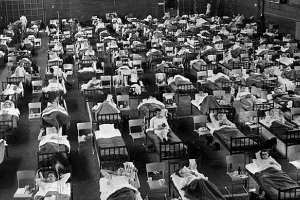
|
1918 - 1919 |
| What Happened to the Virus That Caused the World’s Deadliest Pandemic? | |
| 1920 - 1947 | |
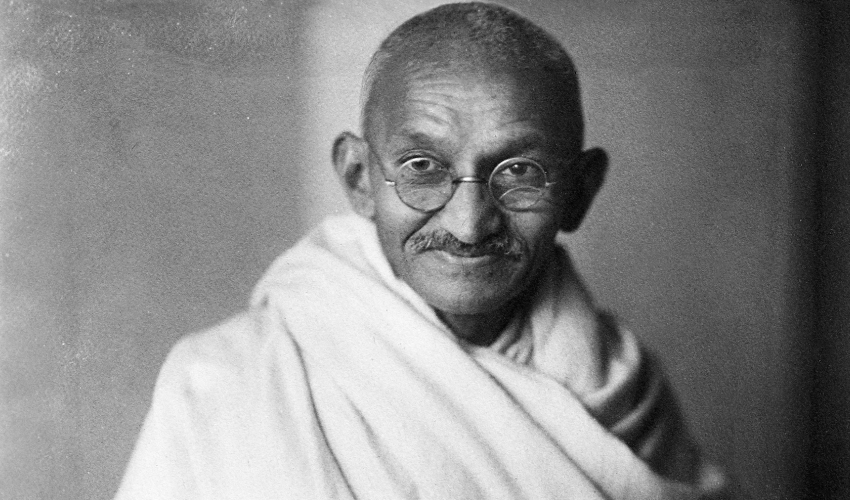
|
1920 - 1947 |
| How One Should Celebrate Diwali, According to Gandhi | |
| 1921 | |
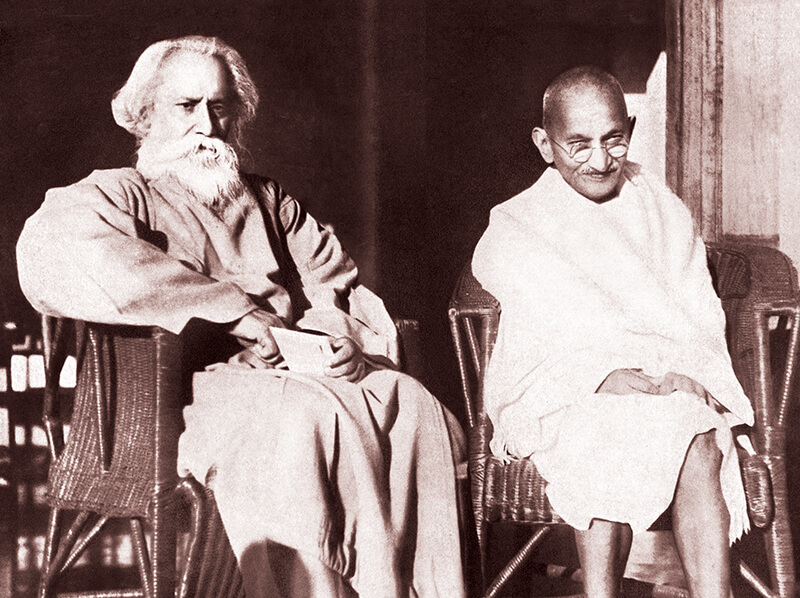
|
1921 |
| Great Debates: Tagore Vs. Gandhi (1921) | |
| 1921 - 2015 | |

|
1921 - 2015 |
| A History of Caste Politics and Elections in Bihar | |
| 1915-1921 | |

|
1915-1921 |
| The Satirical Genius of Gaganendranath Tagore | |
| 1924-1937 | |
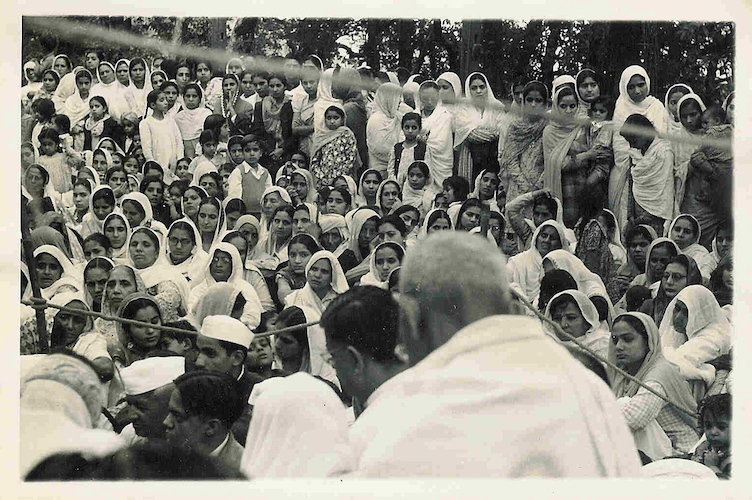
|
1924-1937 |
| What were Gandhi’s Views on Religious Conversion? | |
| 1900-1950 | |
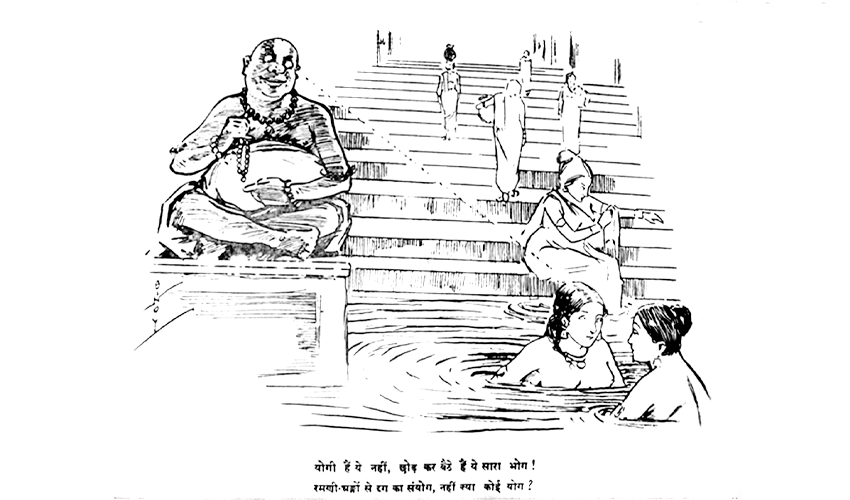
|
1900-1950 |
| Gazing at the Woman’s Body: Historicising Lust and Lechery in a Patriarchal Society | |
| 1925, 1926 | |
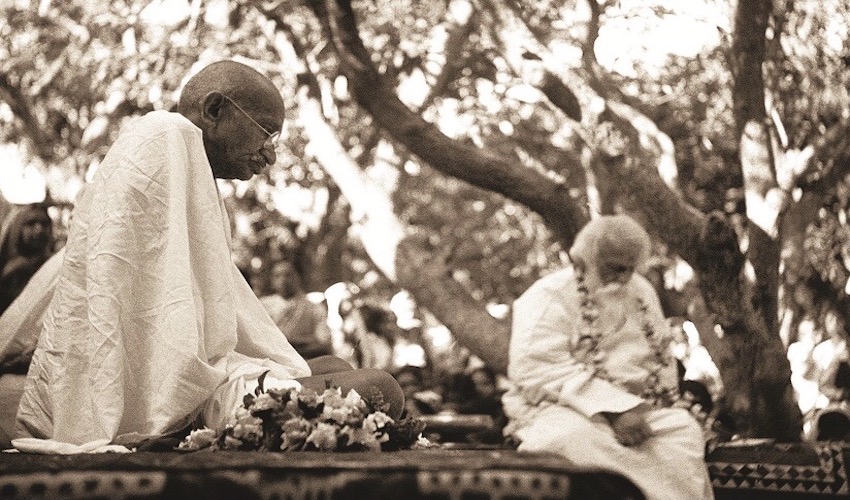
|
1925, 1926 |
| Great Debates: Tagore vs Gandhi (1925-1926) | |
| 1928 | |
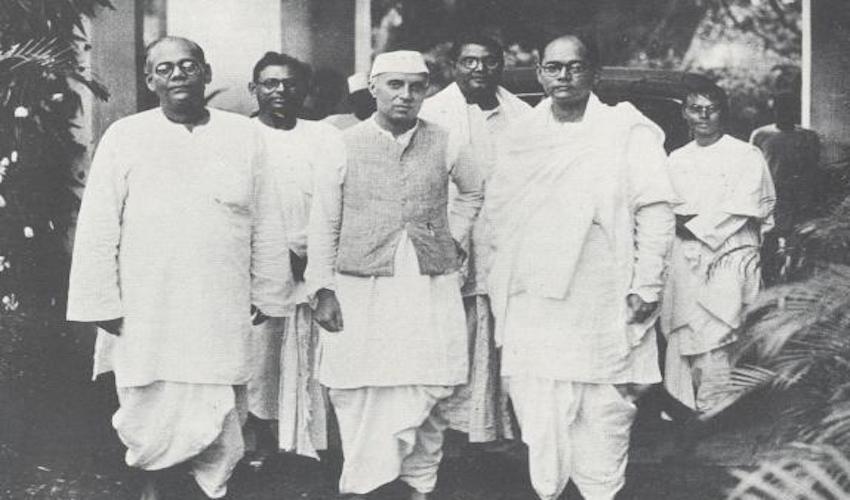
|
1928 |
| Bhagat Singh’s dilemma: Nehru or Bose? | |
| 1930 Modern Review | |
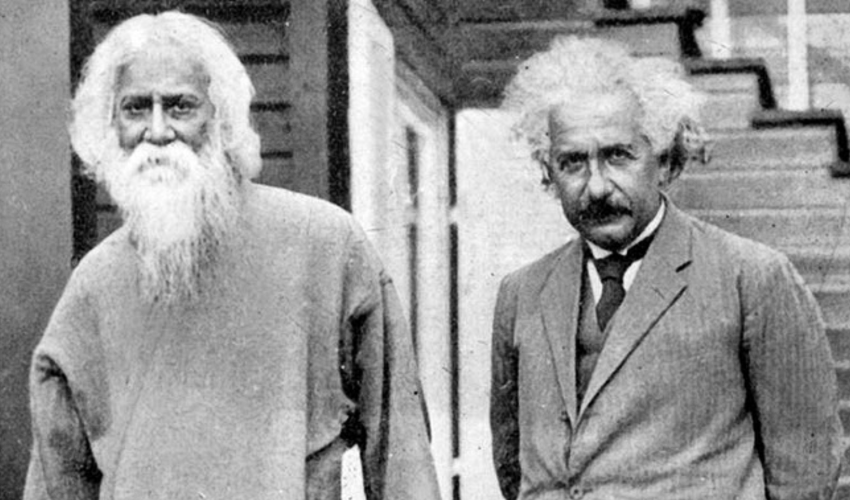
|
1930 |
| The Modern Review Special: On the Nature of Reality | |
| 1932 | |
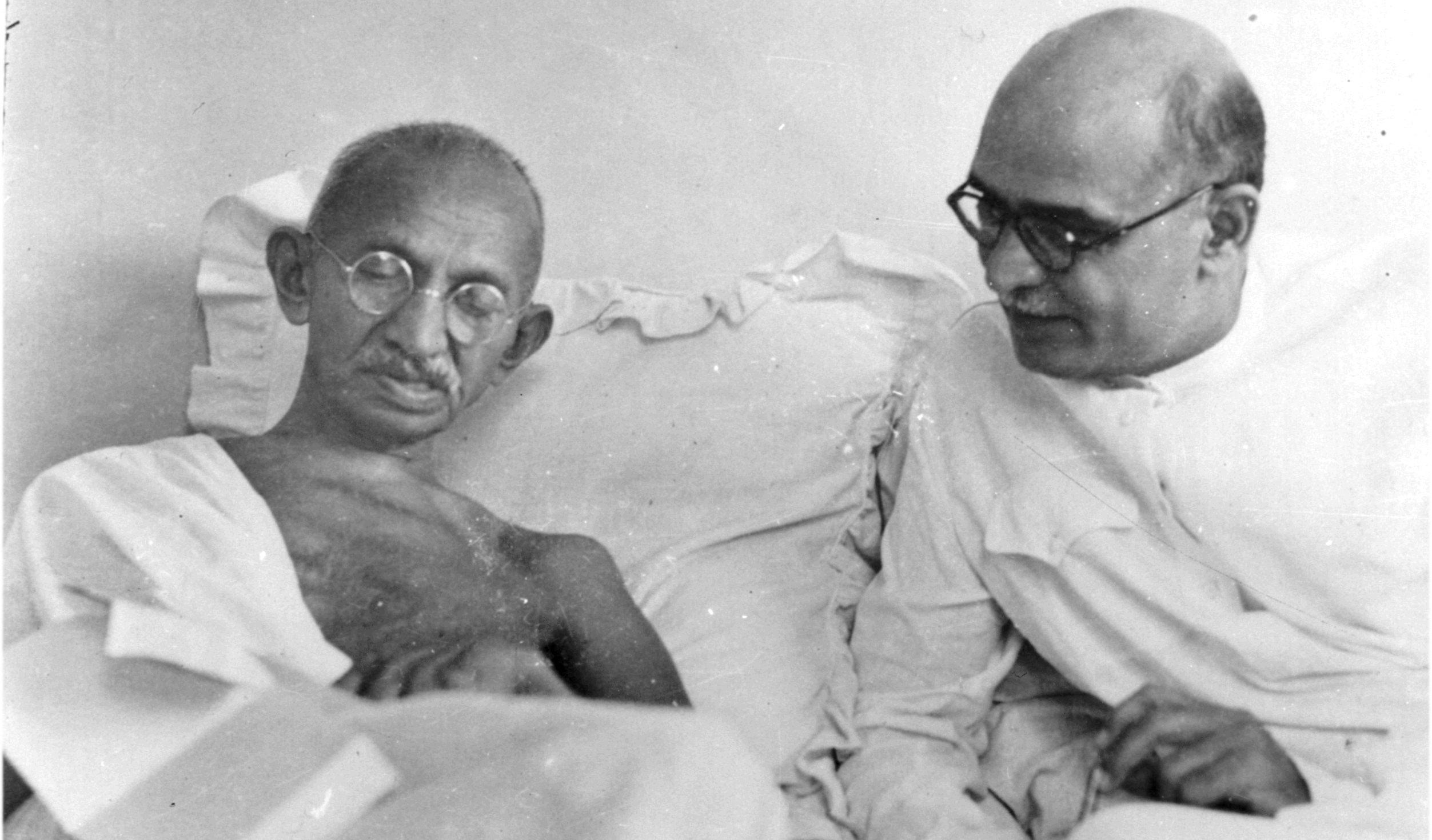
|
1932 |
| Caste, Gandhi and the Man Beside Gandhi | |
| 1933 - 1991 | |
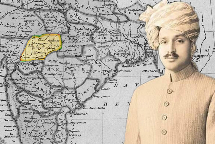
|
1933 - 1991 |
| Raghubir Sinh: The Prince Who Would Be Historian | |
| 1935 | |
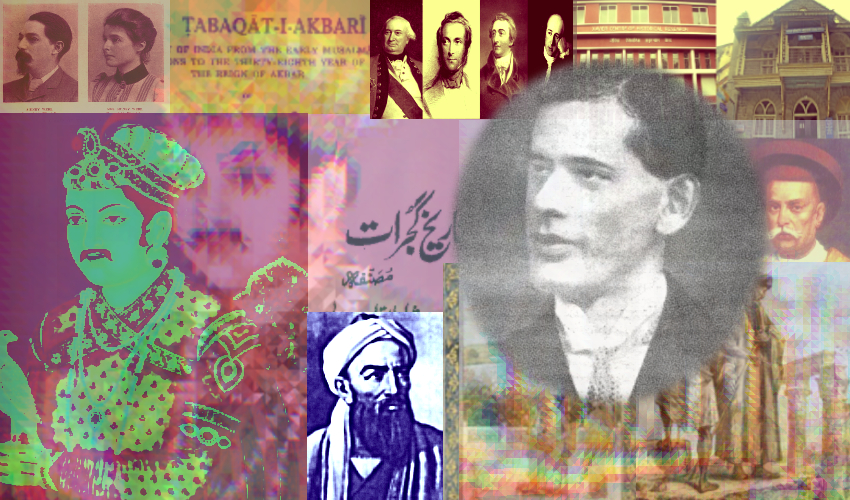
|
1935 |
| A Historian Recommends: SA Khan’s Timeless Presidential Address | |
| 1865-1928 | |
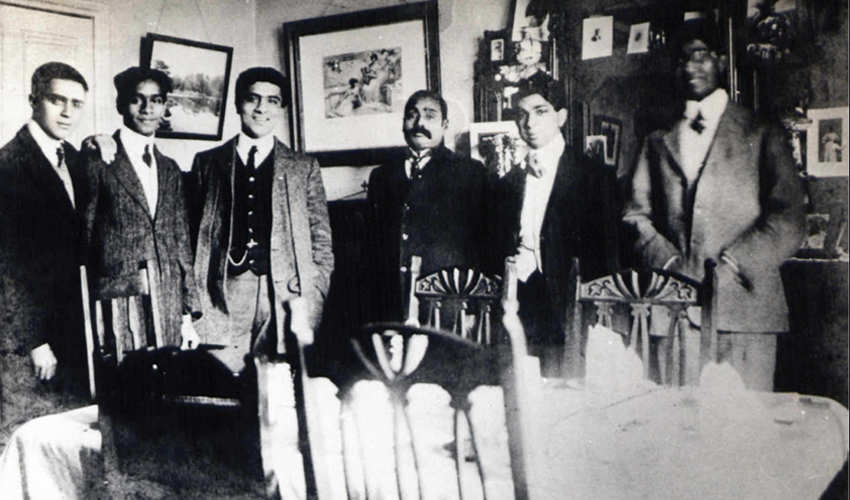
|
1865-1928 |
| Understanding Lajpat Rai’s Hindu Politics and Secularism | |
| 1935 Modern Review | |
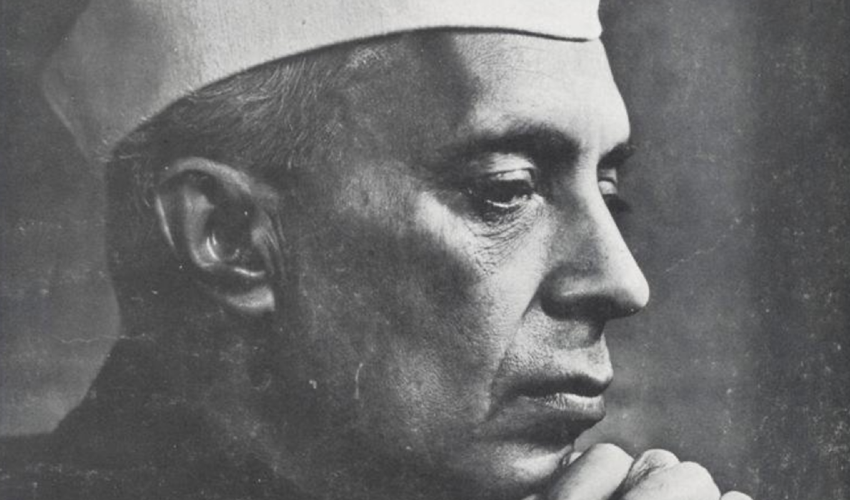
|
1935 |
| The Modern Review Special: The Mind of a Judge | |
| 1936 Modern Review | |
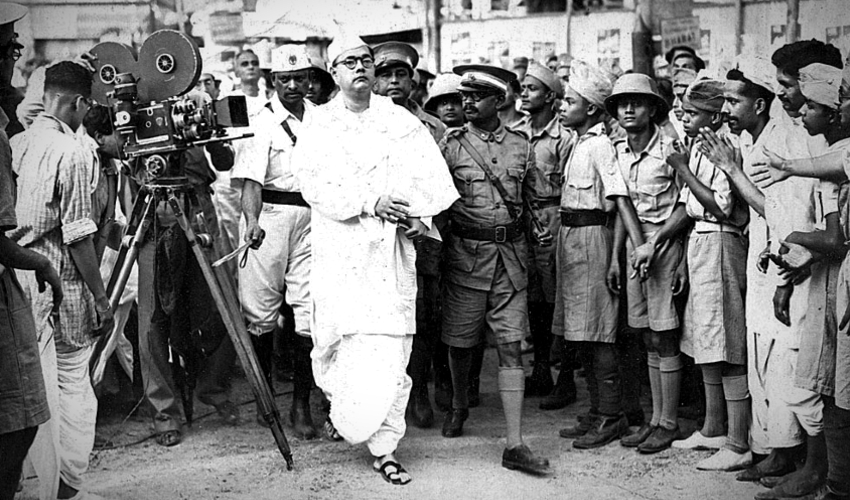
|
1936 |
| The Modern Review Special: When Netaji Subhas Bose Was Wrongfully Detained for ‘Terrorism’ | |
| 1936 | |

|
1936 |
| Annihilation of Caste: Part 1 | |
| 1936 Modern Review | |

|
1936 |
| The Modern Review Special: An Indian MP in the British Parliament | |
| 1936 | |
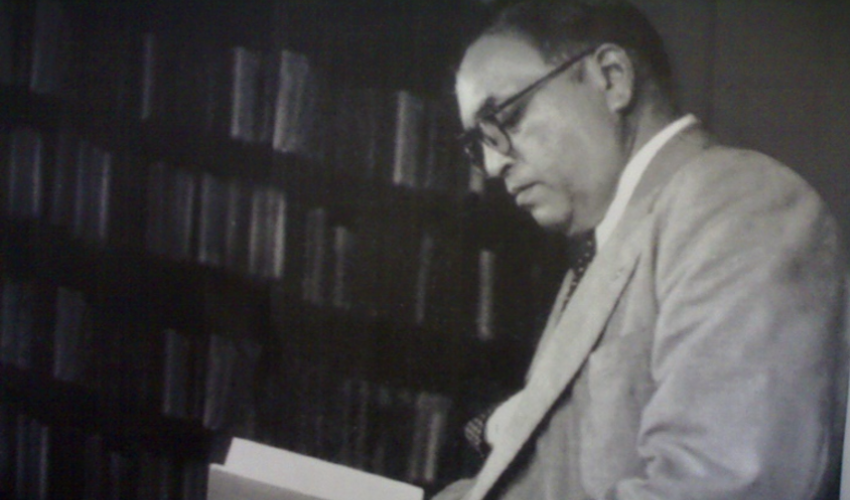
|
1936 |
| Annihilation of Caste: Part 2 | |
| 1936 | |

|
1936 |
| A Reflection of His Age: Munshi Premchand on the True Purpose of Literature | |
| 1936 Modern Review | |
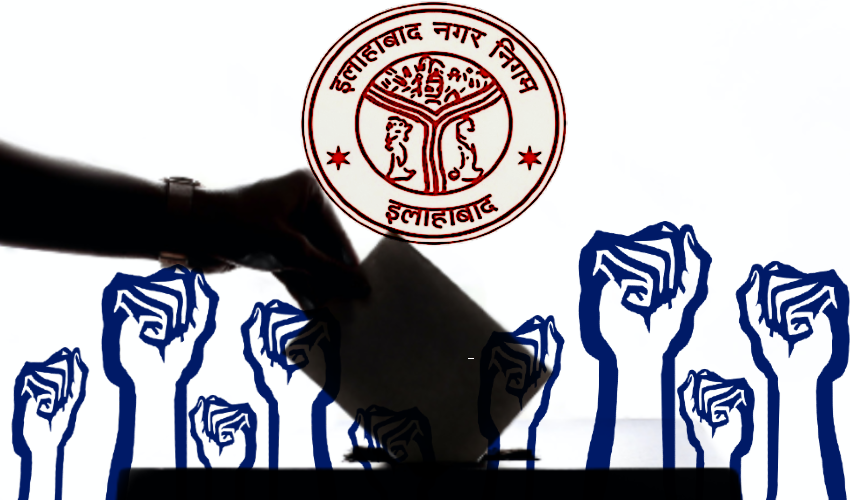
|
1936 |
| The Modern Review Special: The Defeat of a Dalit Candidate in a 1936 Municipal Election | |
| 1937 Modern Review | |
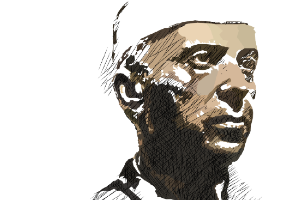
|
1937 |
| The Modern Review Special: Rashtrapati | |
| 1938 | |
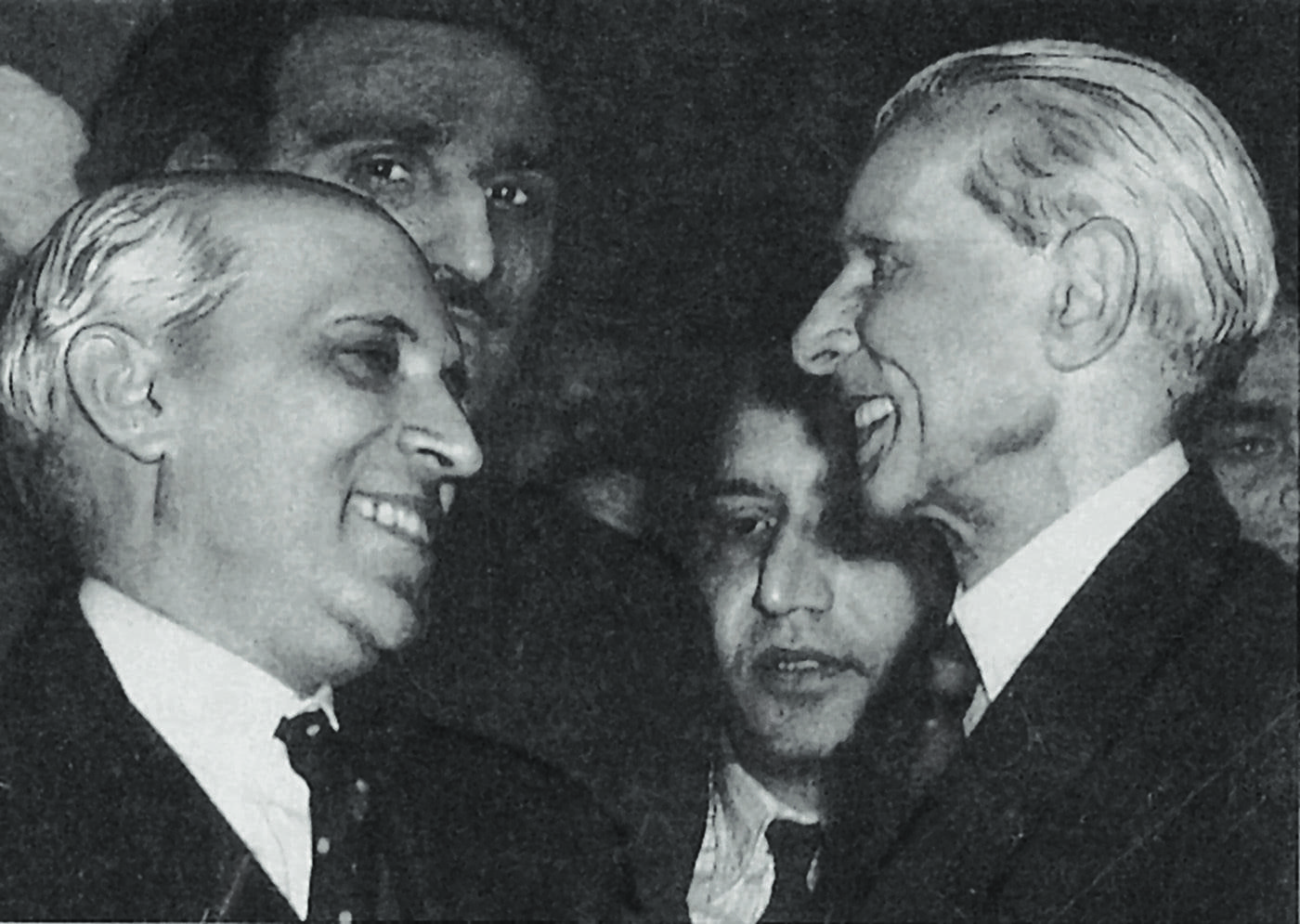
|
1938 |
| Great Debates: Nehru Vs. Jinnah (1938) | |
| 1942 Modern Review | |
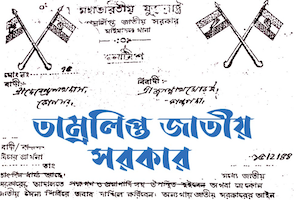
|
1942 |
| IHC Uncovers: A Parallel Government In British India (Part 1) | |
| 1942-1945 | |

|
1942-1945 |
| IHC Uncovers: A Parallel Government in British India (Part 2) | |
| 1946 | |
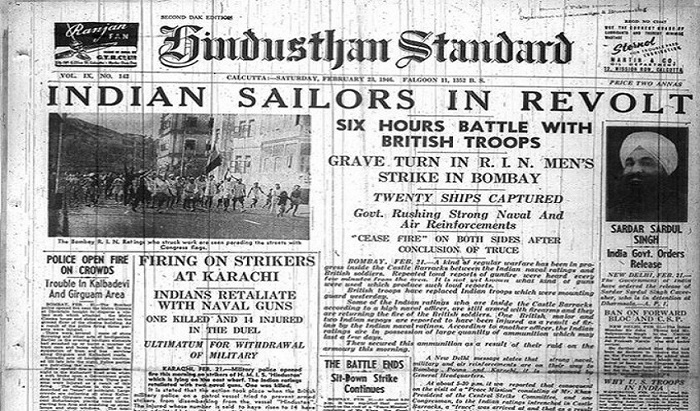
|
1946 |
| Our Last War of Independence: The Royal Indian Navy Mutiny of 1946 | |
| 1946 | |
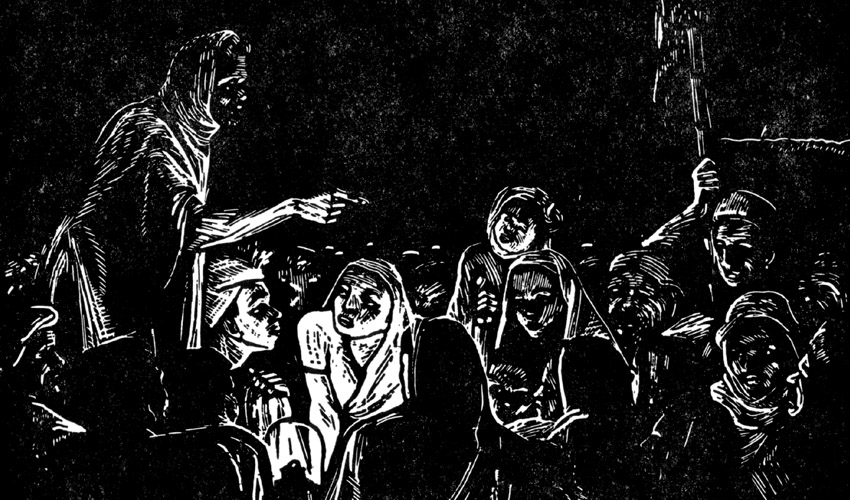
|
1946 |
| An Artist’s Account of the Tebhaga Movement in Pictures And Prose | |
| 1946 – 1947 | |

|
1946 – 1947 |
| “The Most Democratic People on Earth” : An Adivasi Voice in the Constituent Assembly | |
| 1946-1947 | |
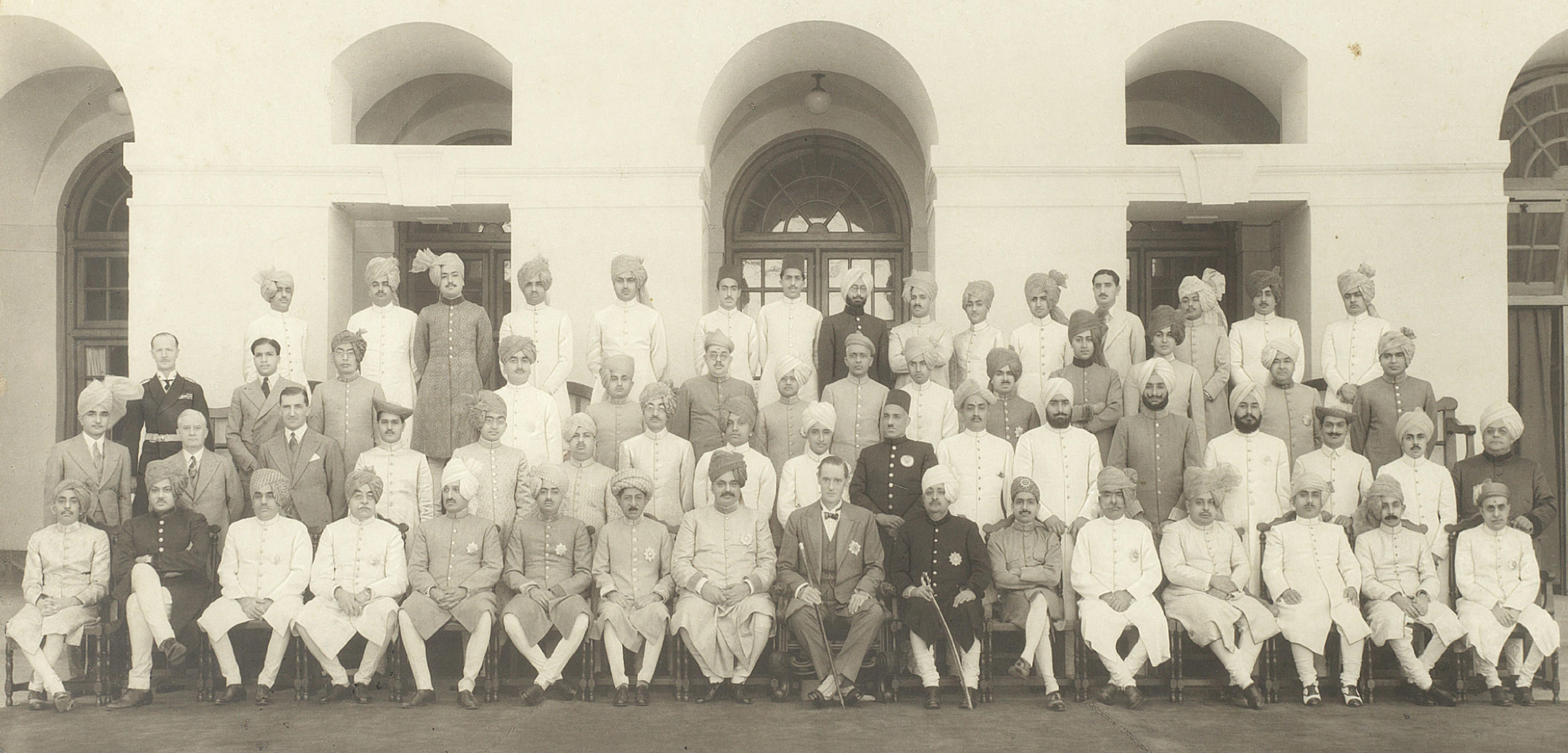
|
1946-1947 |
| VP Menon and the Birth of Independent India | |
| 1916 - 1947 | |
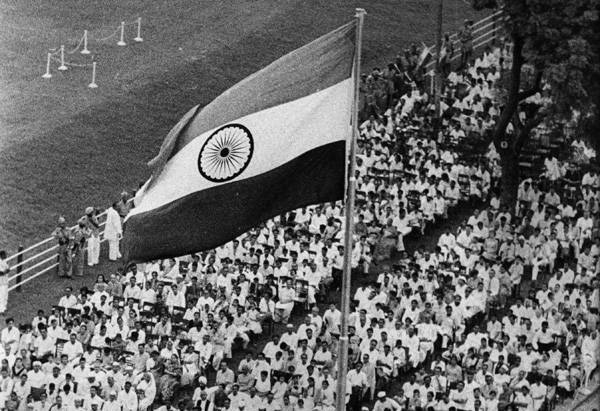
|
1916 - 1947 |
| 8 @ 75: 8 Speeches Independent Indians Must Read | |
| 1947-1951 | |
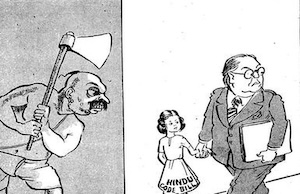
|
1947-1951 |
| Ambedkar Cartoons: The Joke’s On Us | |
| 1948 | |

|
1948 |
| “My Father, Do Not Rest” | |
| 1940-1960 | |

|
1940-1960 |
| Integration Myth: A Silenced History of Hyderabad | |
| 1948 | |
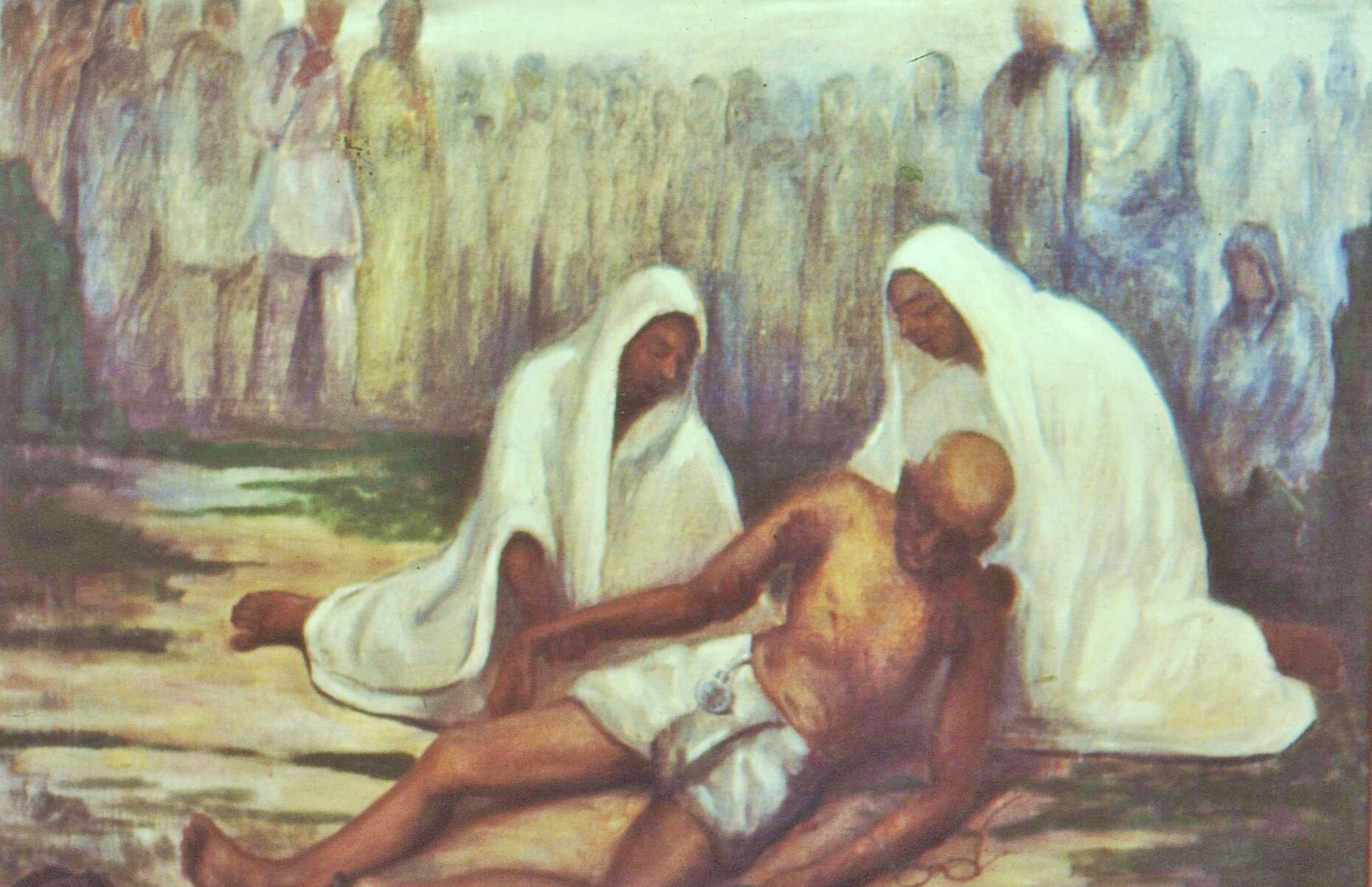
|
1948 |
| The Assassination of a Mahatma, the Princely States and the ‘Hindu’ Nation | |
| 1949 | |
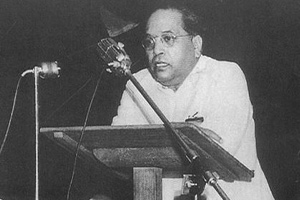
|
1949 |
| Ambedkar warns against India becoming a ‘Democracy in Form, Dictatorship in Fact’ | |
| 1950 | |
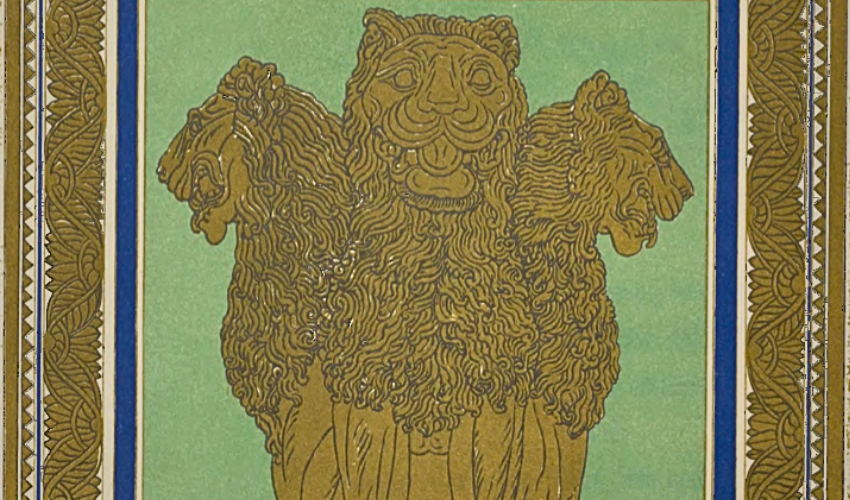
|
1950 |
| Illustrations from the constitution | |
| 1951 | |
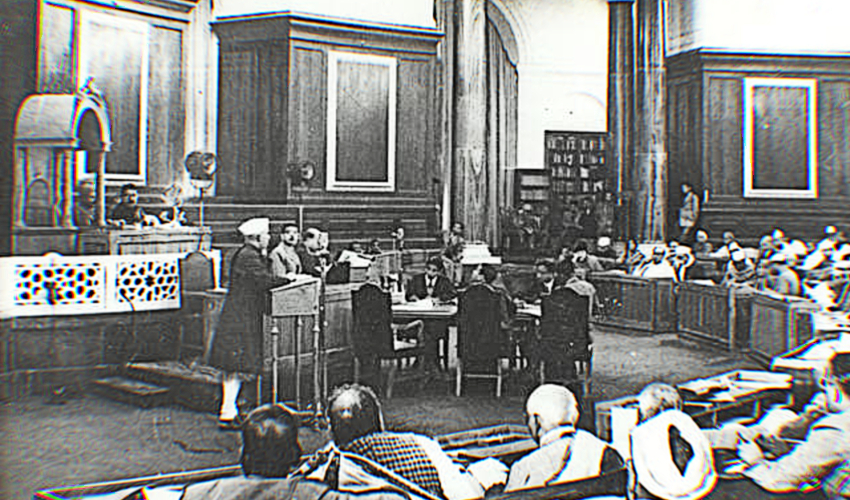
|
1951 |
| How the First Amendment to the Indian Constitution Circumscribed Our Freedoms & How it was Passed | |
| 1967 | |
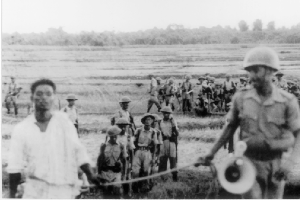
|
1967 |
| Once Upon A Time In Naxalbari | |
| 1970 | |
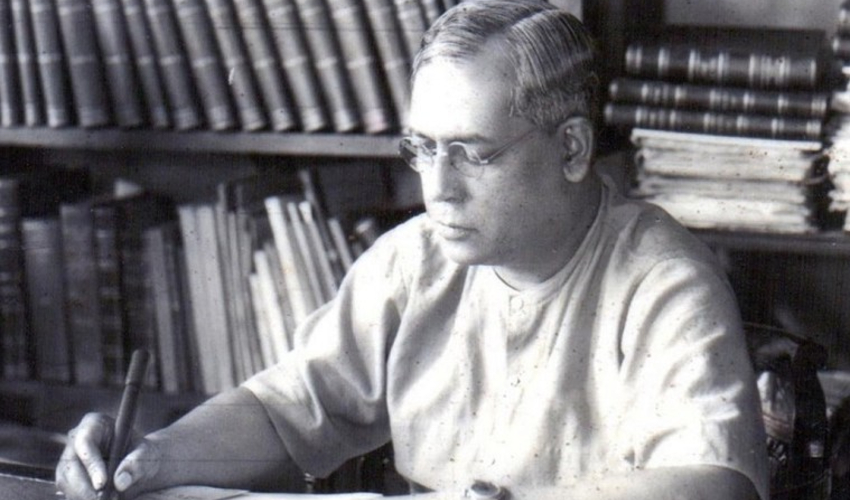
|
1970 |
| R.C. Majumdar on Shortcomings in Indian Historiography | |
| 1973 - 1993 | |
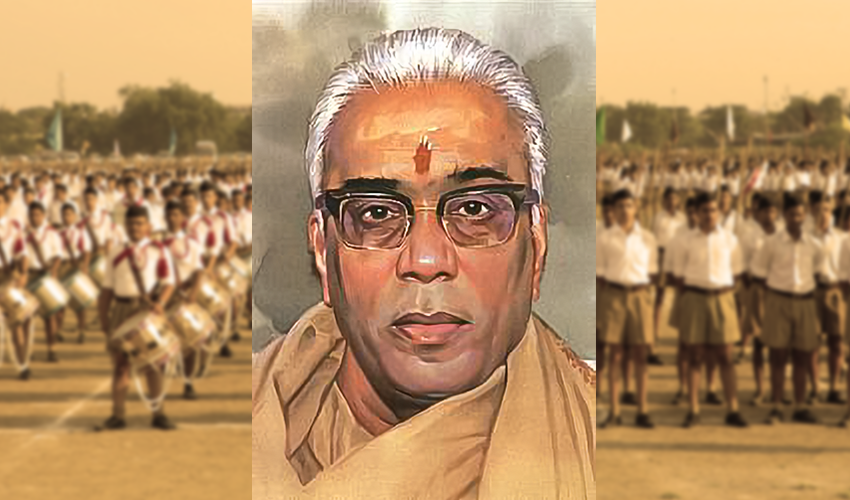
|
1973 - 1993 |
| Balasaheb Deoras: Kingmaker of the Sangh | |
| 1975 | |
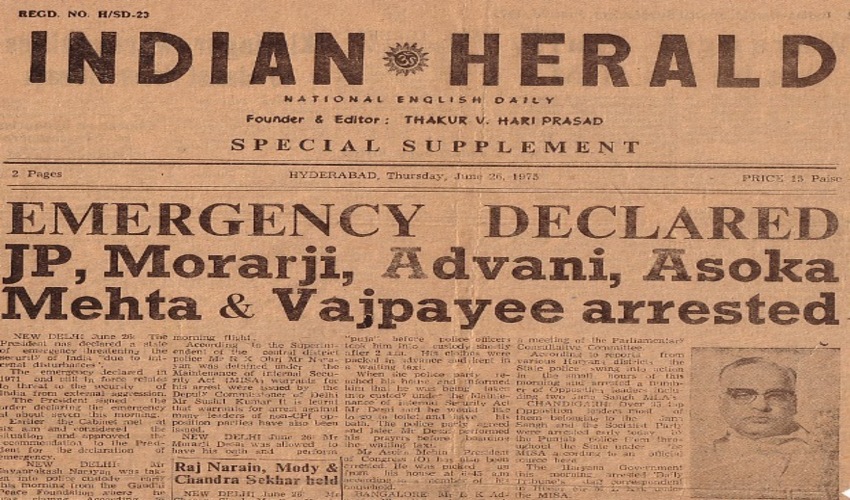
|
1975 |
| The Emergency Package: Shadow Power | |
| 1975 | |

|
1975 |
| The Emergency Package: The Prehistory of Turkman Gate – Population Control | |
| 1977 – 2011 | |
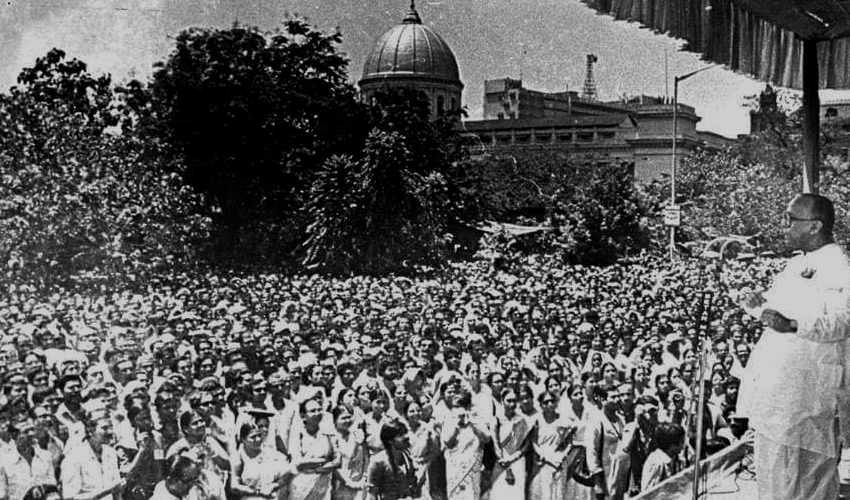
|
1977 – 2011 |
| Power is an Unforgiving Mistress: Lessons from the Decline of the Left in Bengal | |
| 1984 | |

|
1984 |
| Mrs Gandhi’s Final Folly: Operation Blue Star | |
| 1916-2004 | |
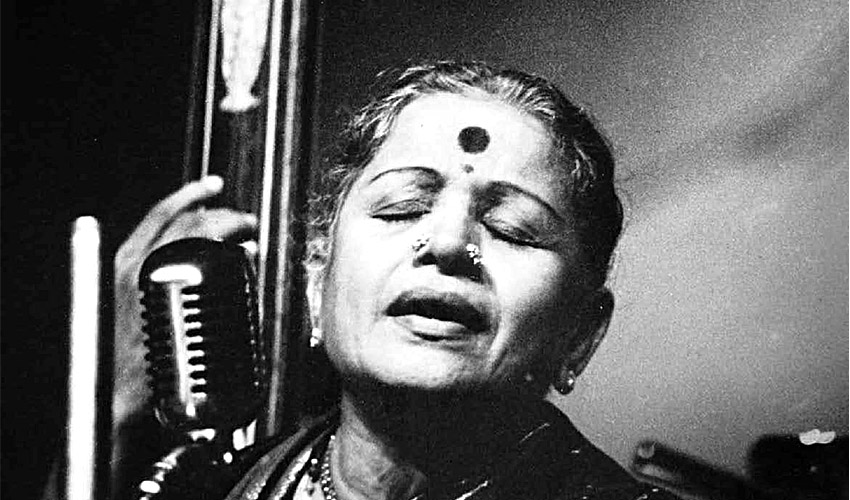
|
1916-2004 |
| Amjad Ali Khan on M.S. Subbulakshmi: “A Glorious Chapter for Indian Classical Music” | |
| 2008 | |
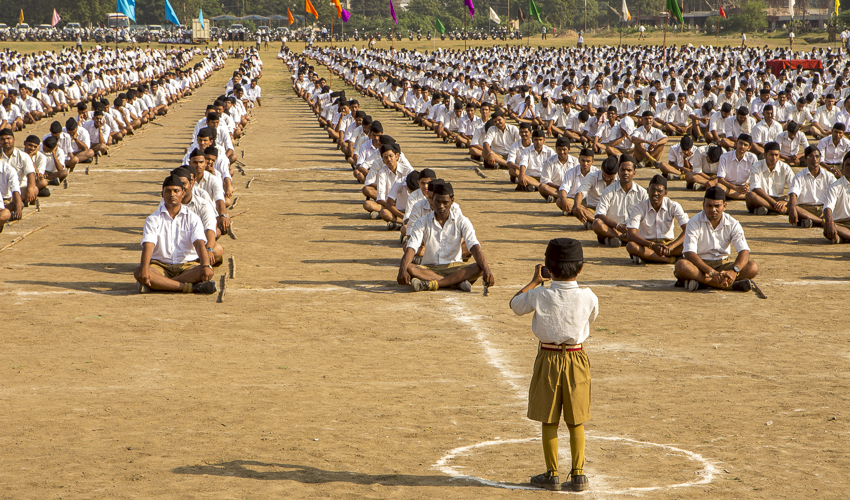
|
2008 |
| Whose History Textbook Is It Anyway? | |
| 2006 - 2009 | |
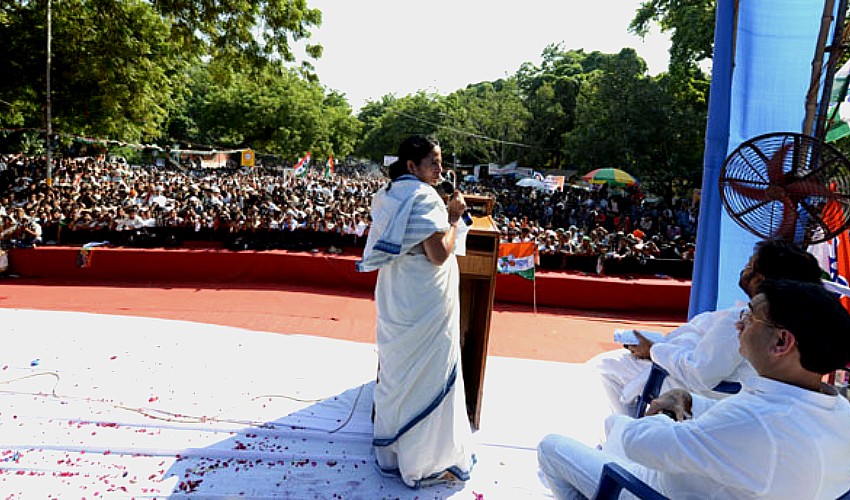
|
2006 - 2009 |
| Singur-Nandigram-Lalgarh: Movements that Remade Mamata Banerjee | |
| 2020 | |

|
2020 |
| The Indo-China Conflict: 10 Books We Need To Read | |
| 2021 | |

|
2021 |
| Singing/Writing Liberation: Dalit Women’s Narratives | |
Hi there, Thanks very much for this very informative piece. I a a Sri Lankan military historian currently working on a book on Sri Lankan firearms. Do you have any information about the types of firearms used by the armies of the Samidri of Calicut in the 16th century?